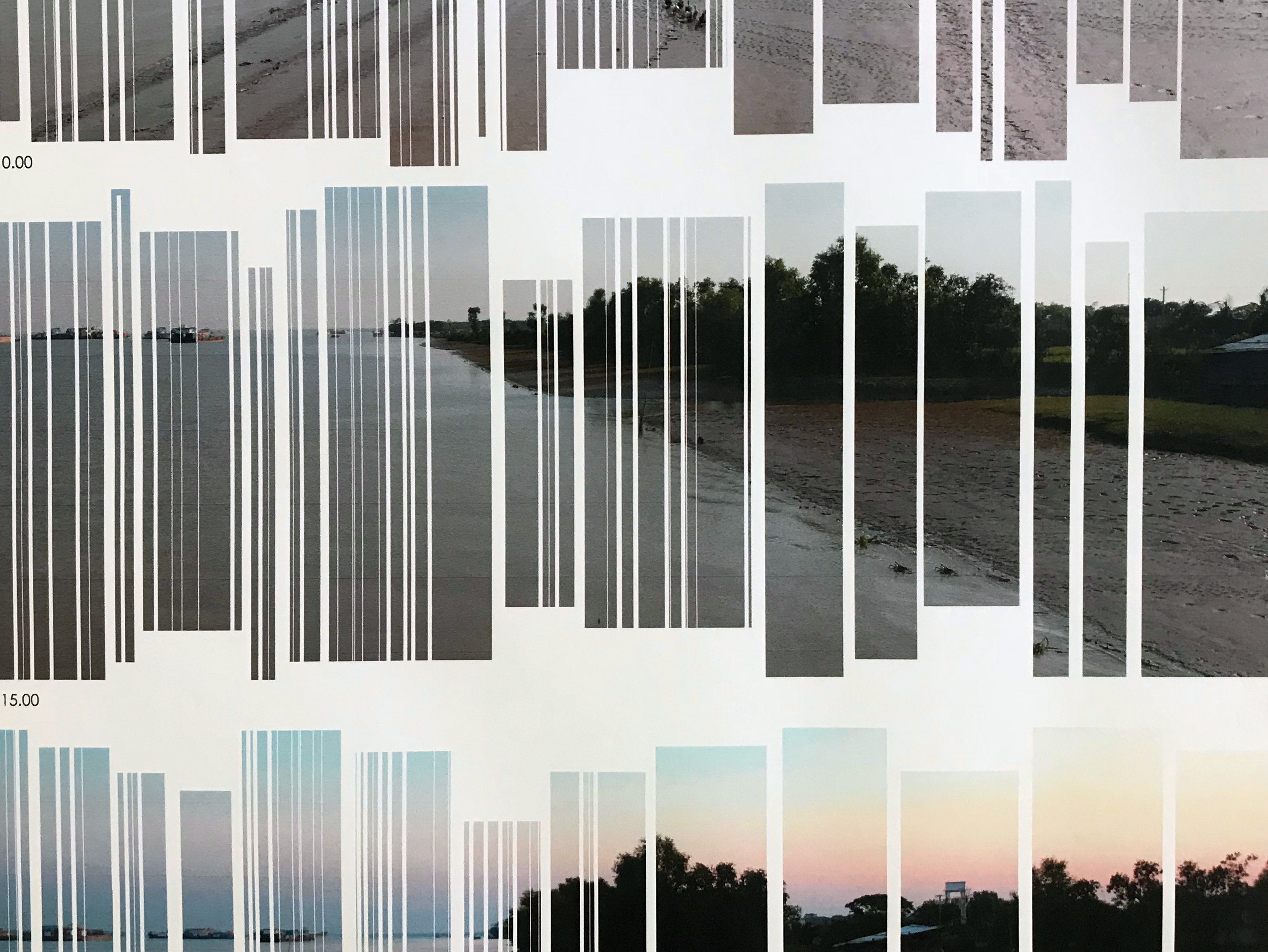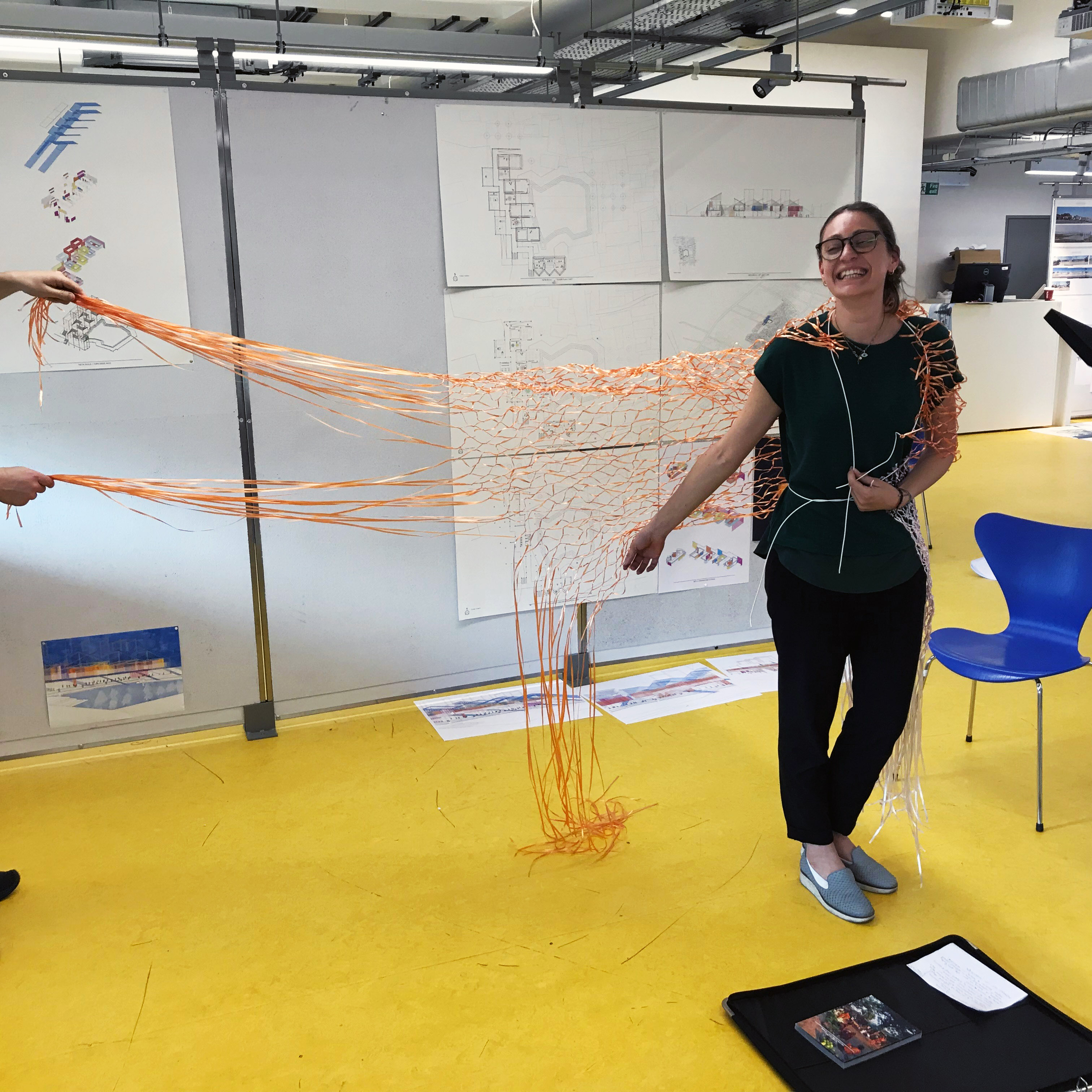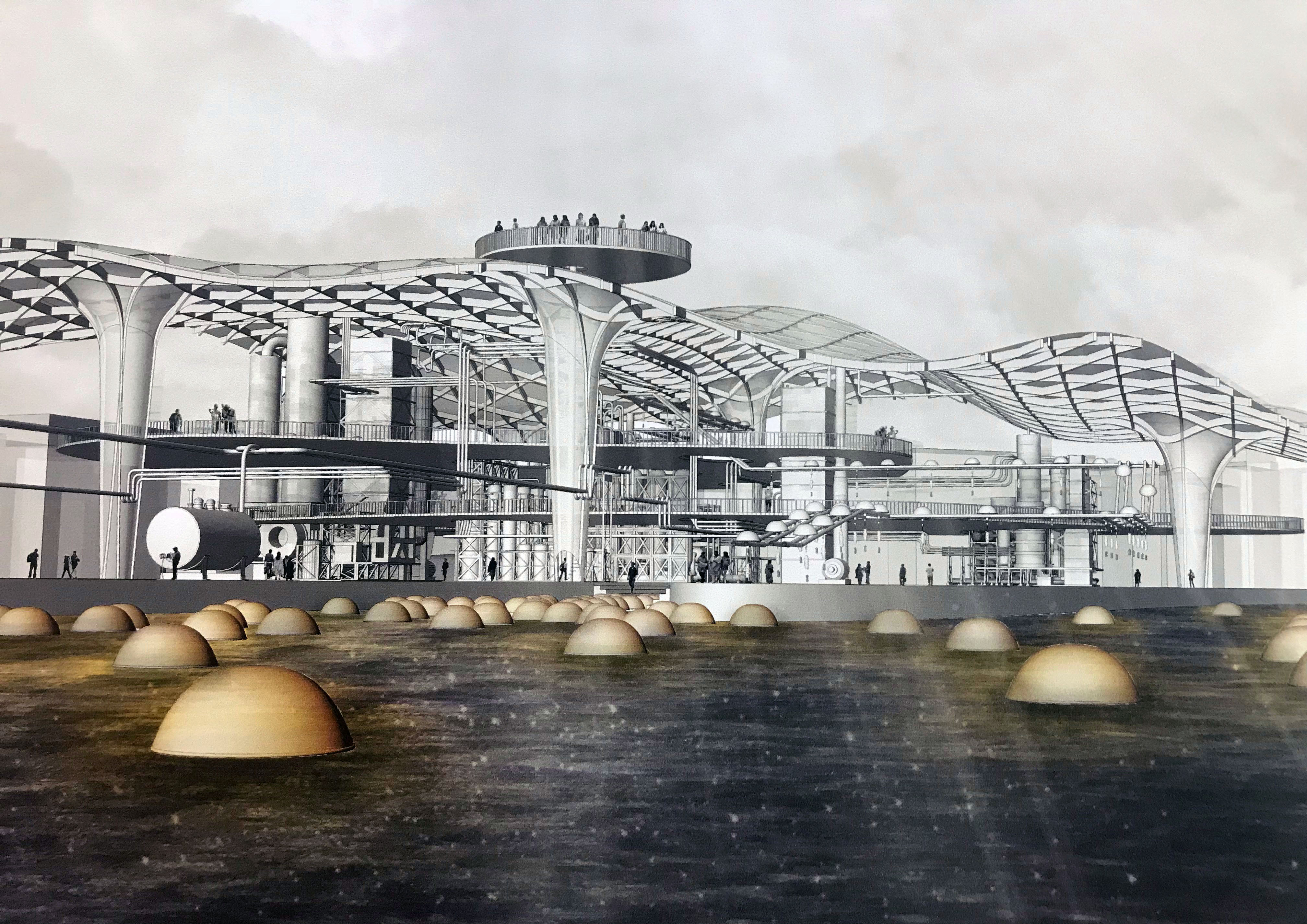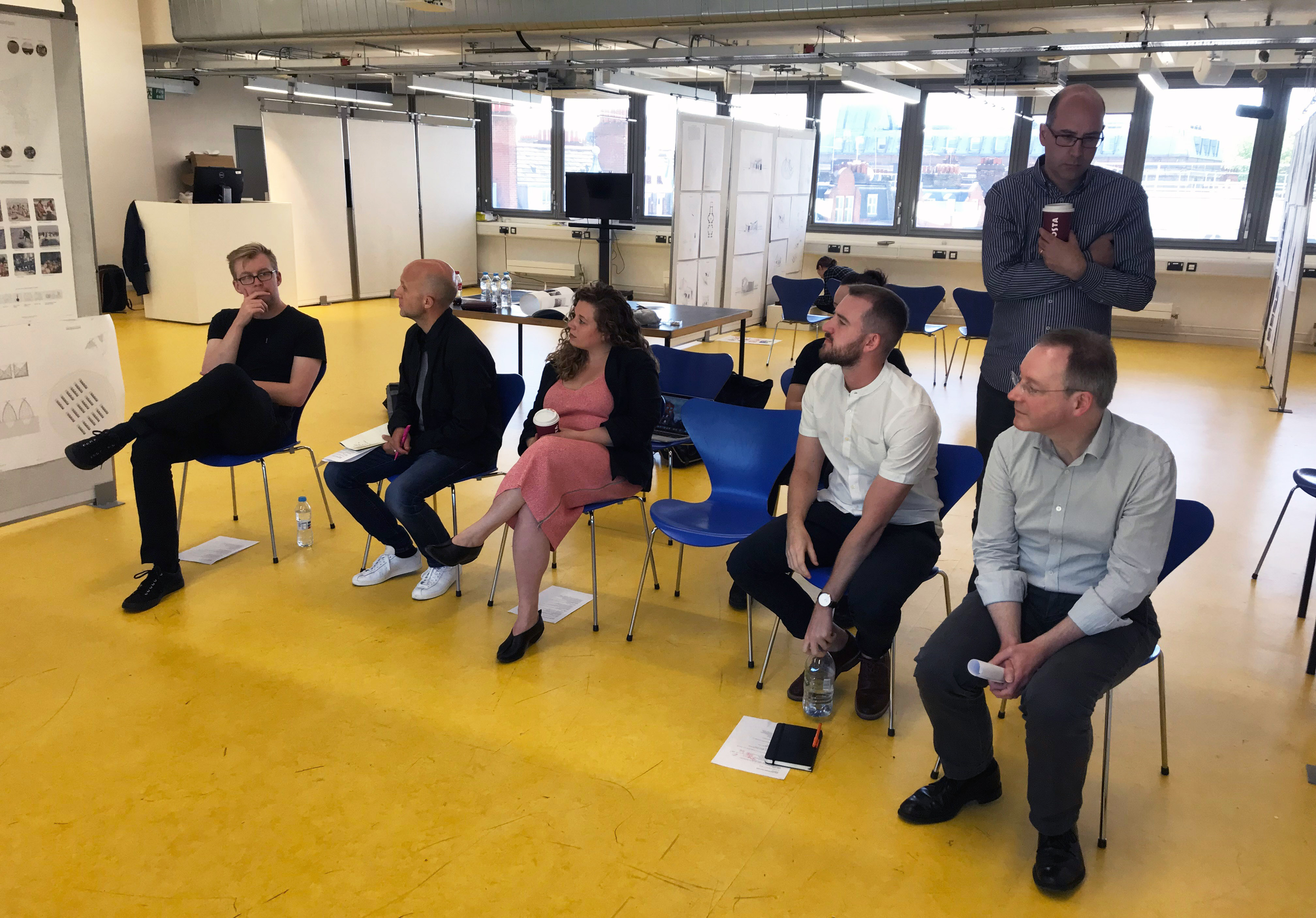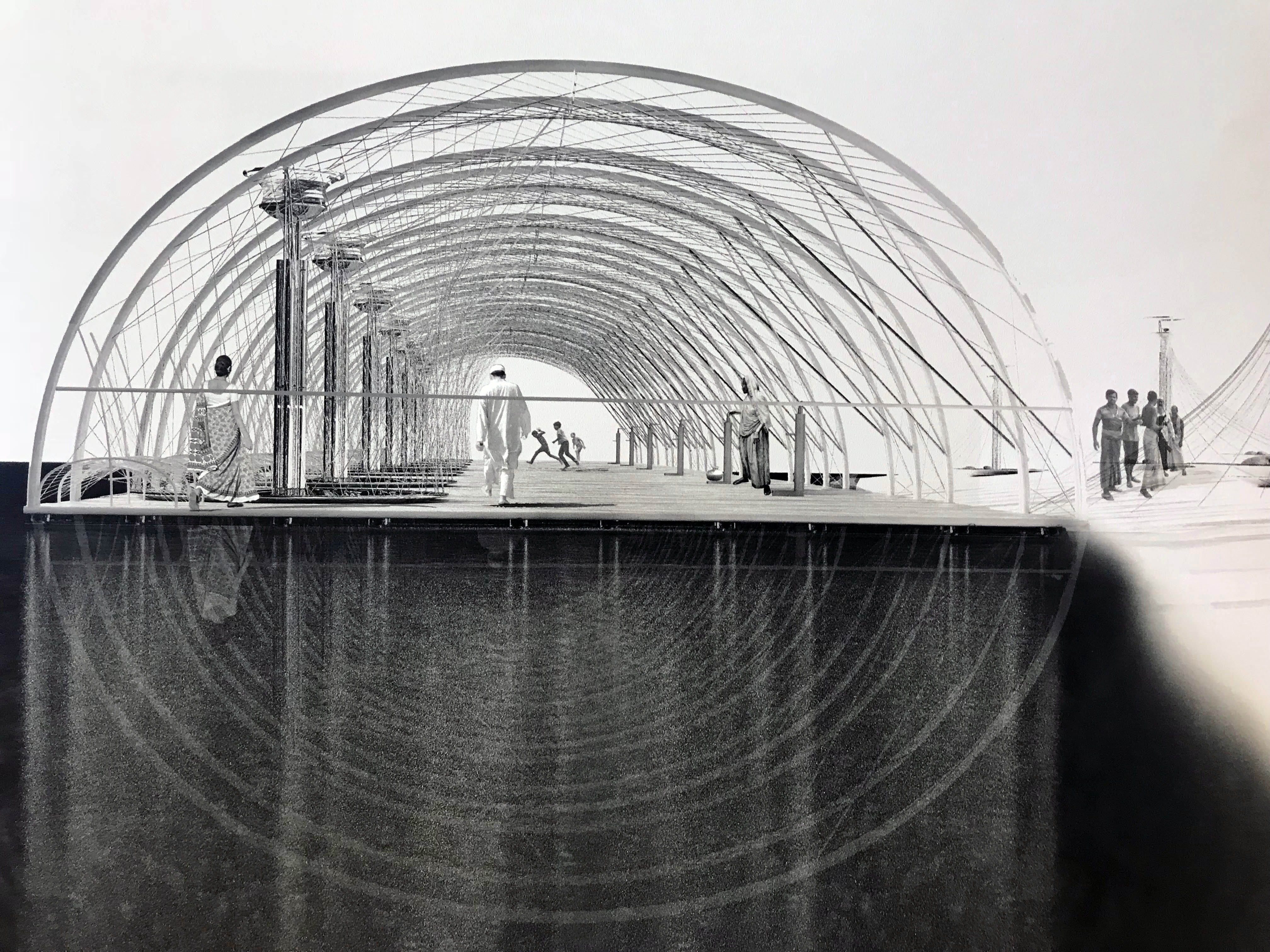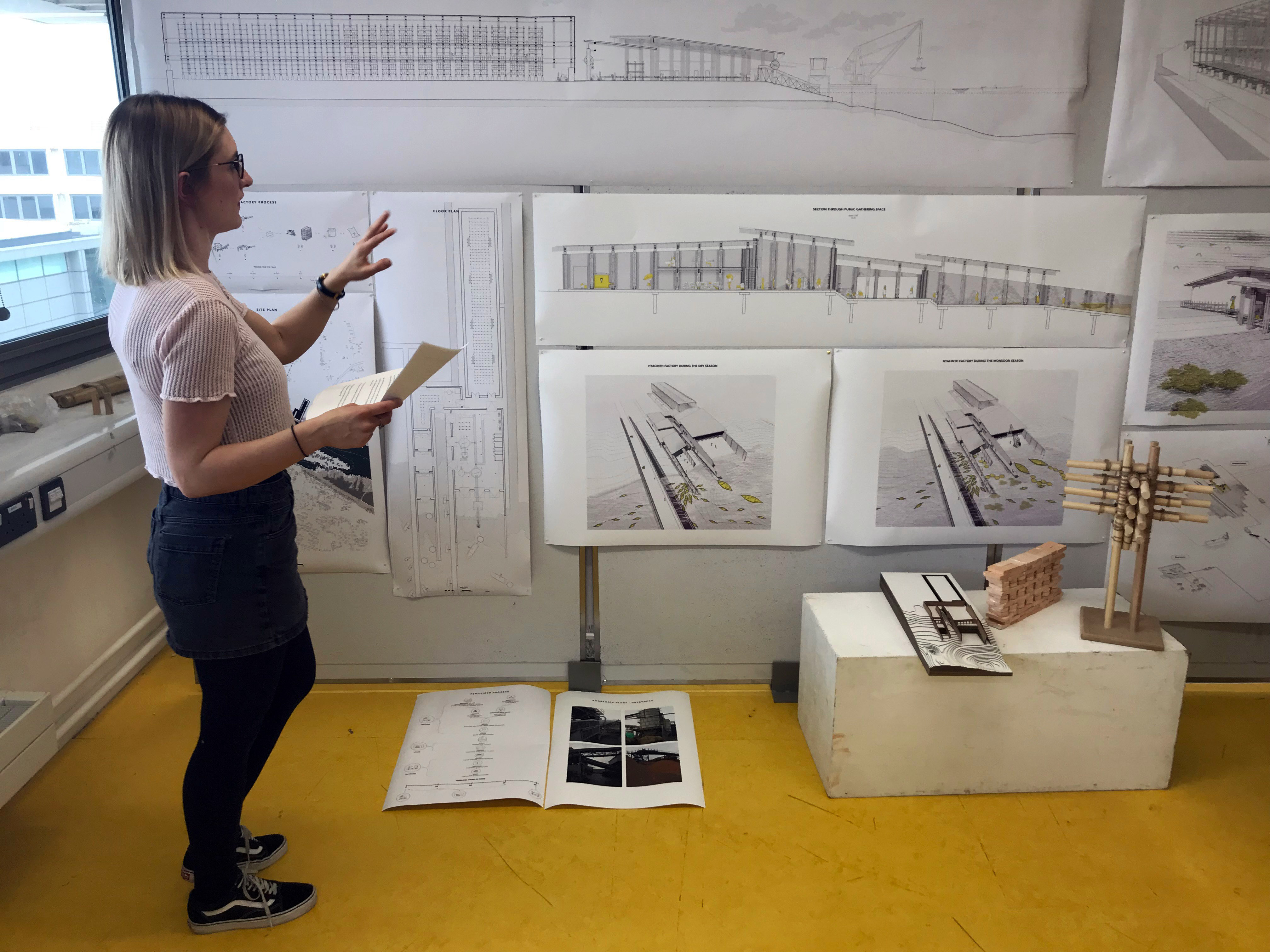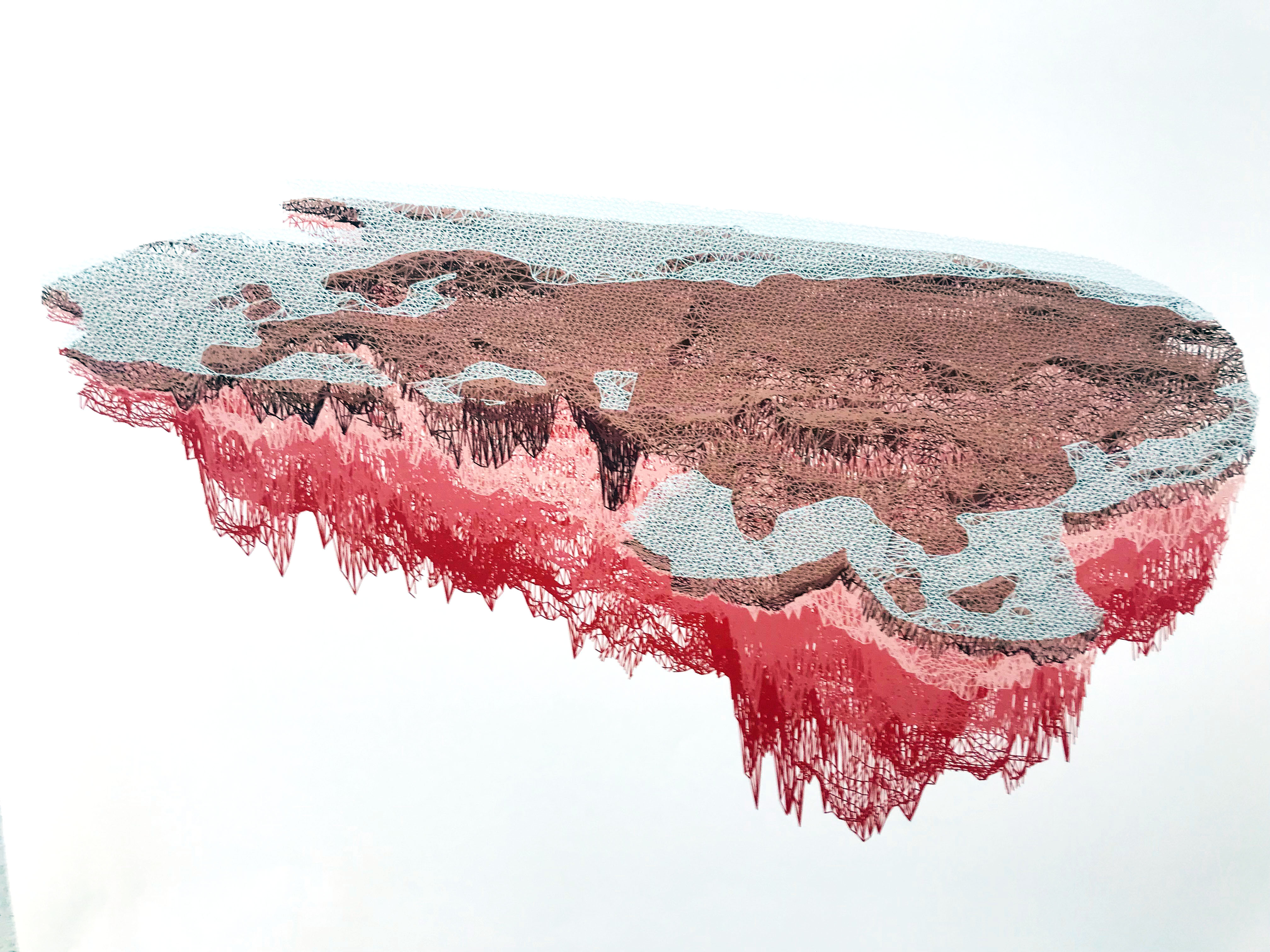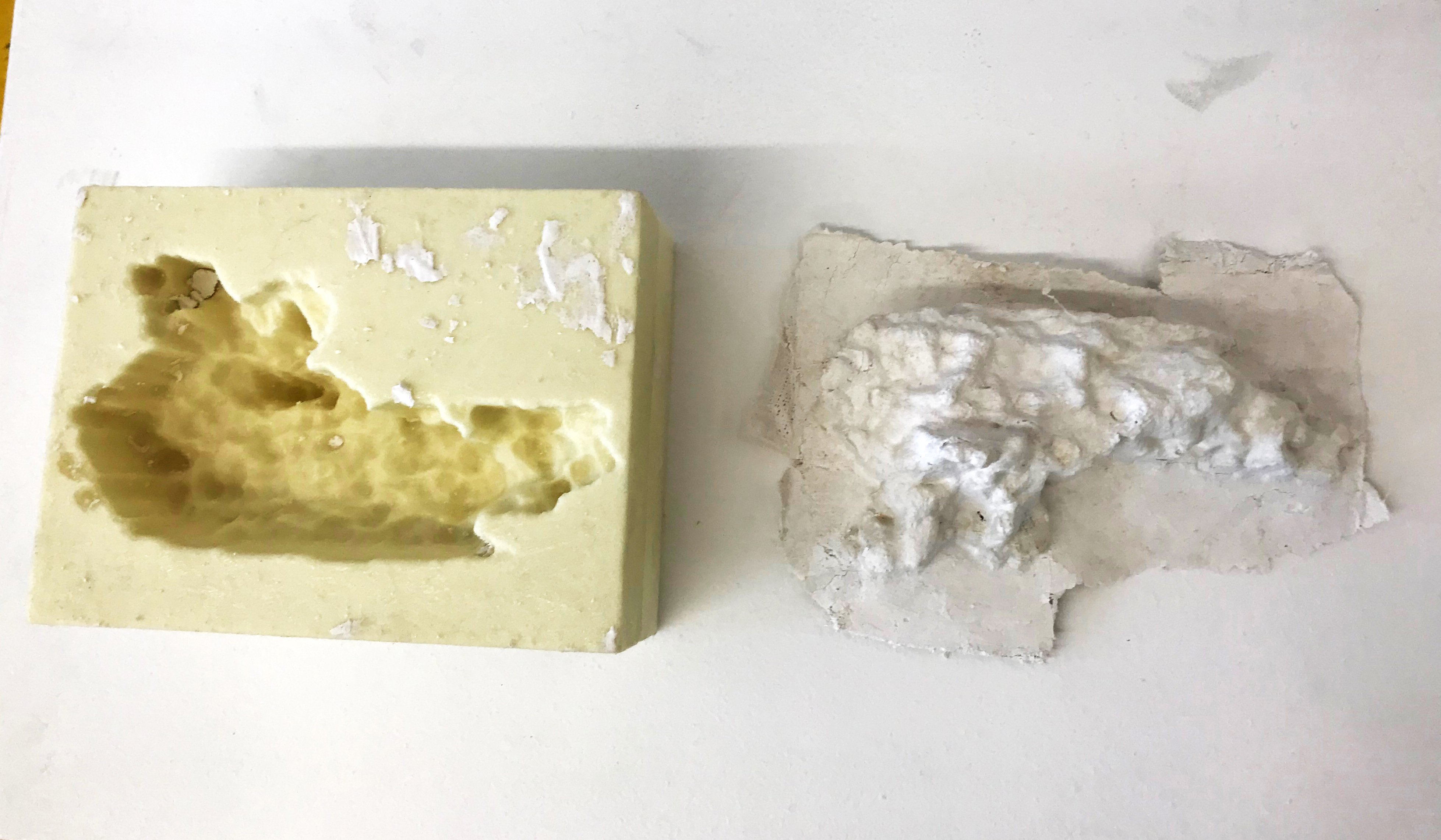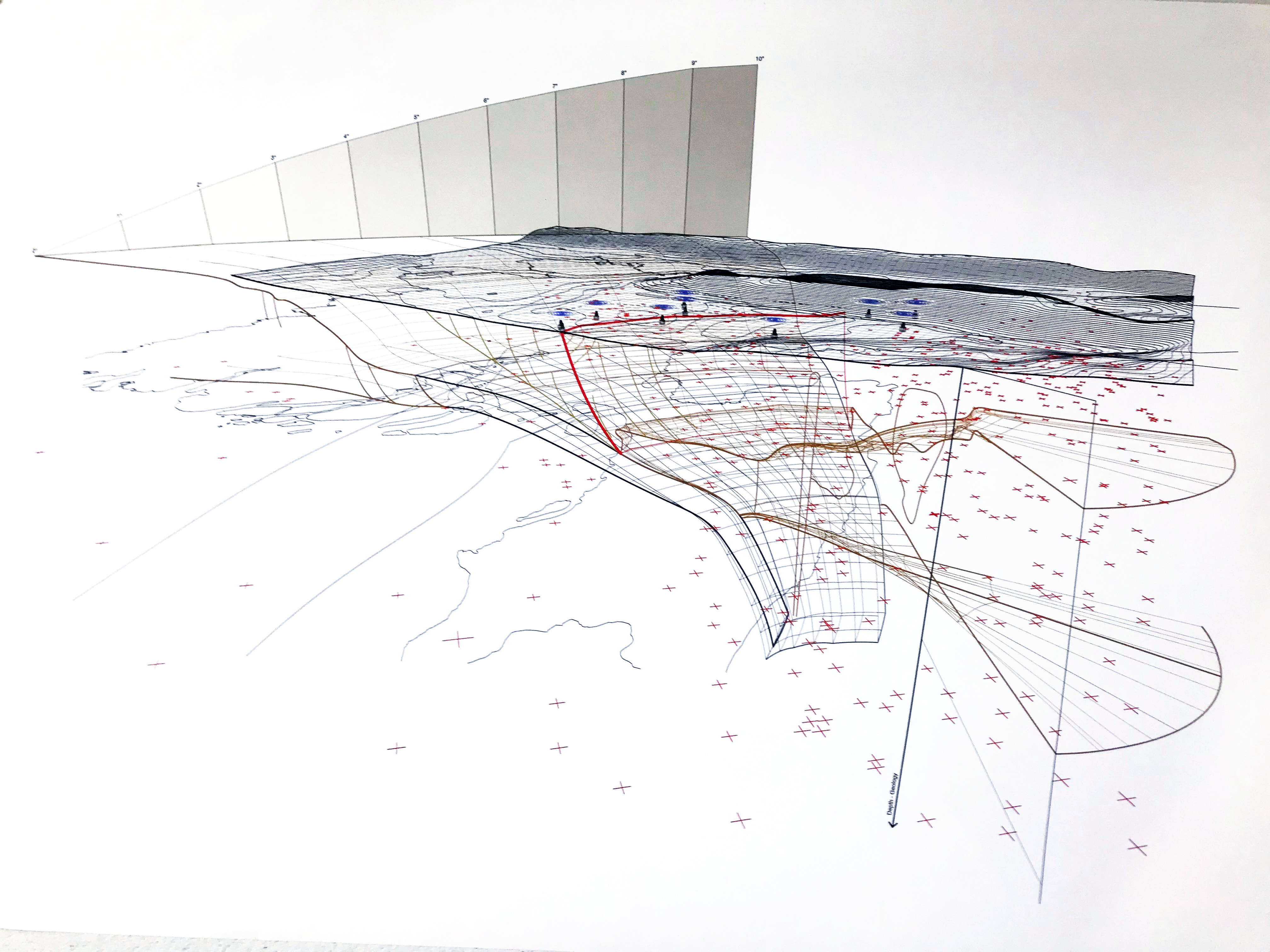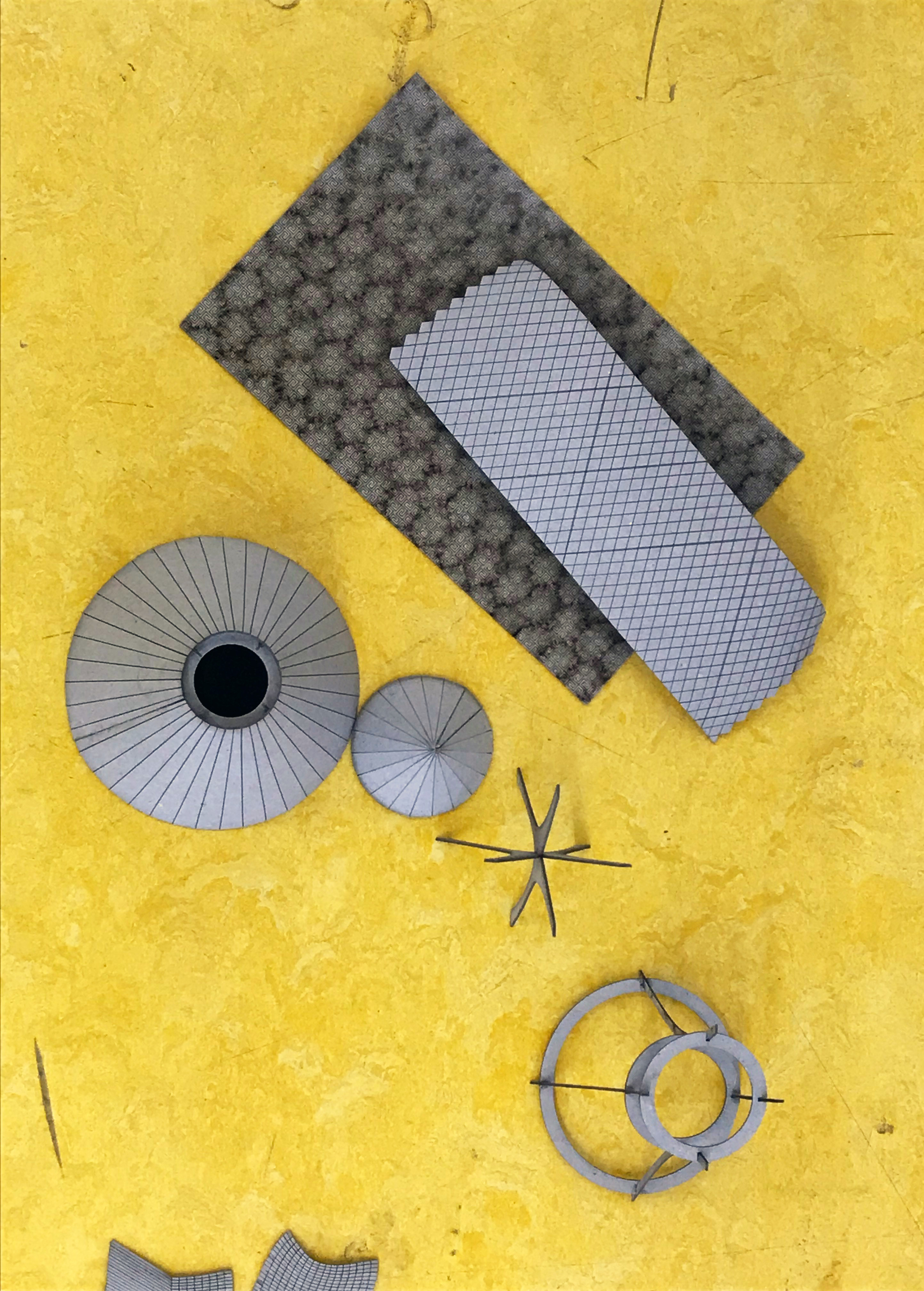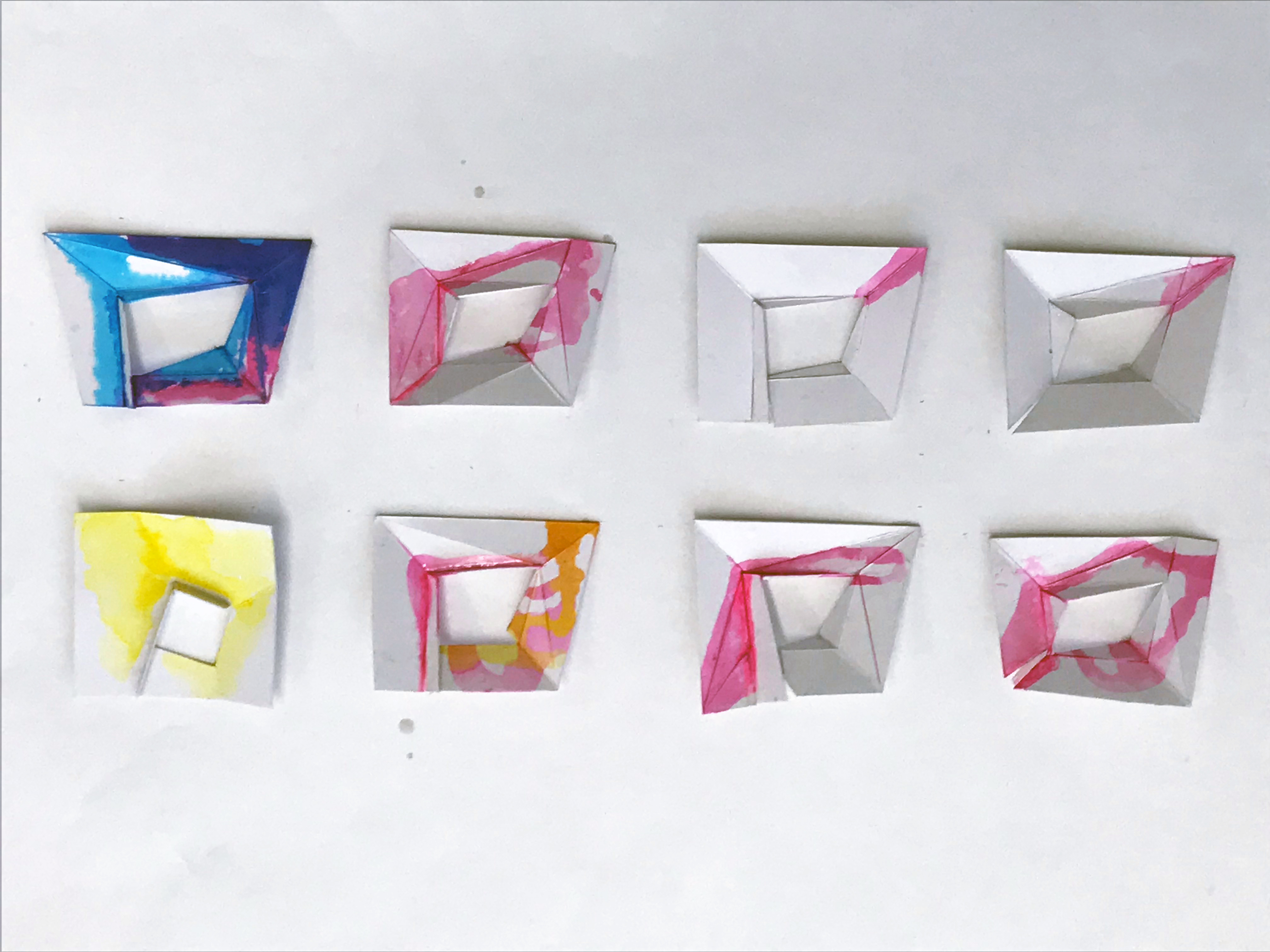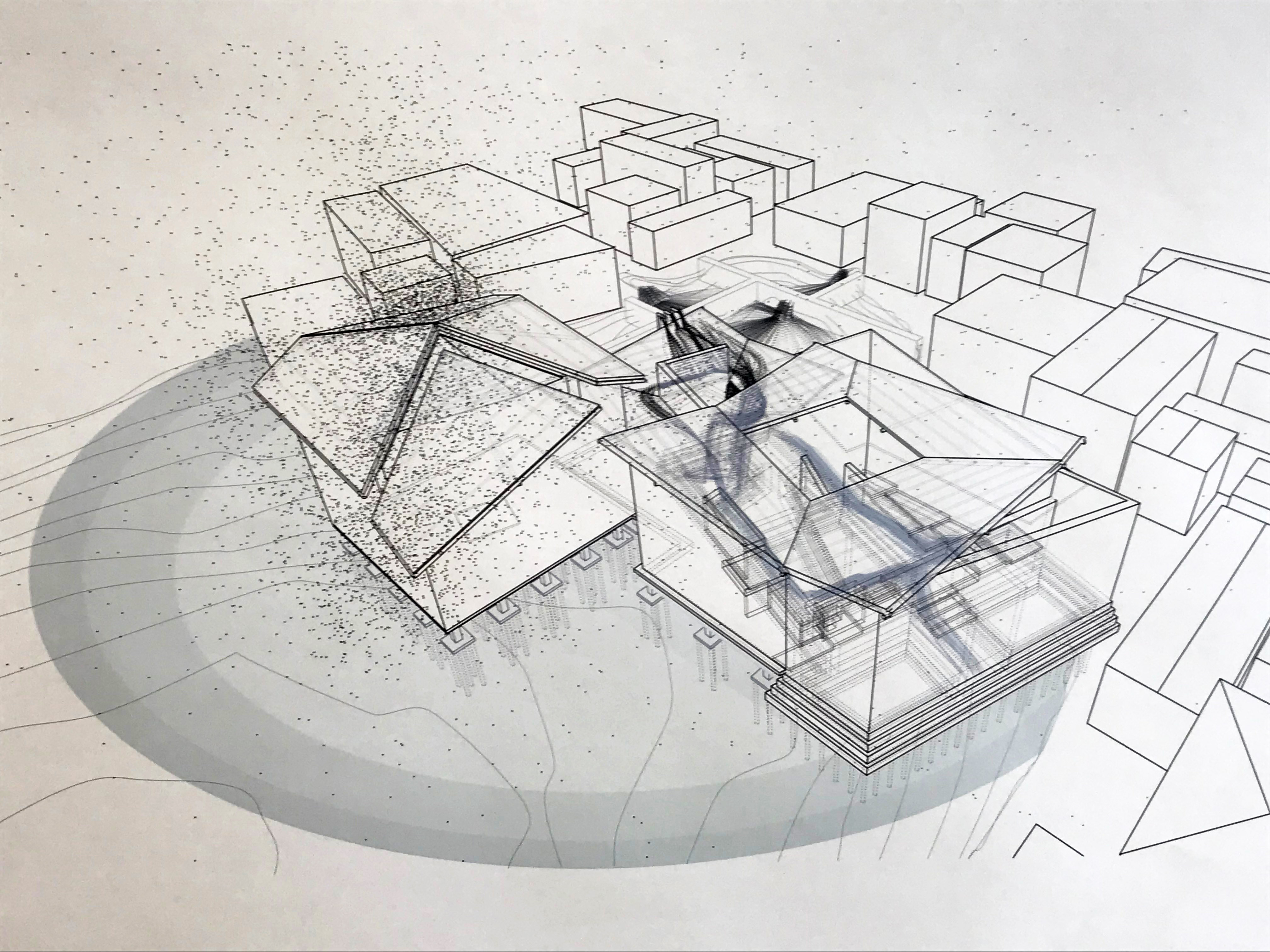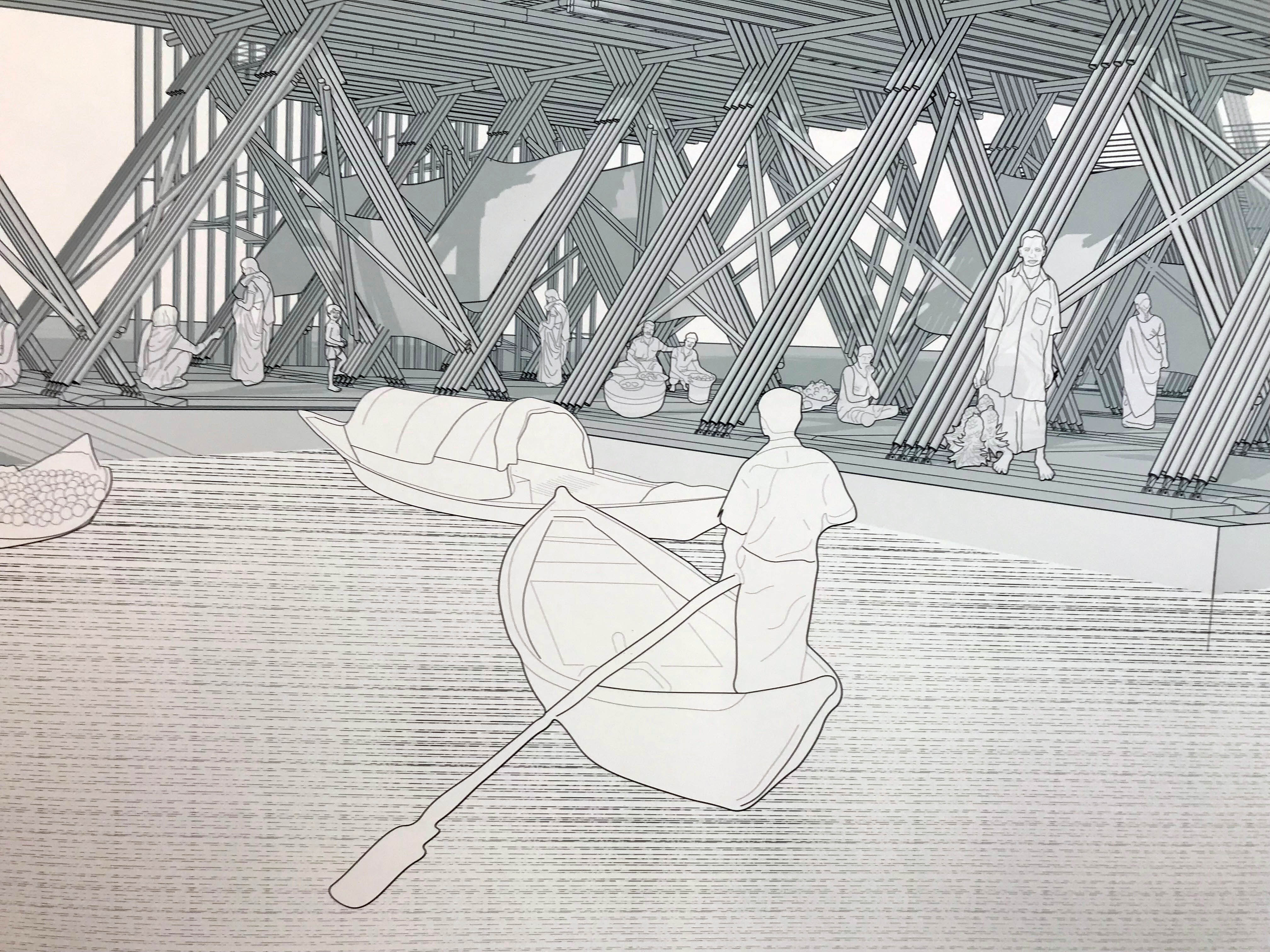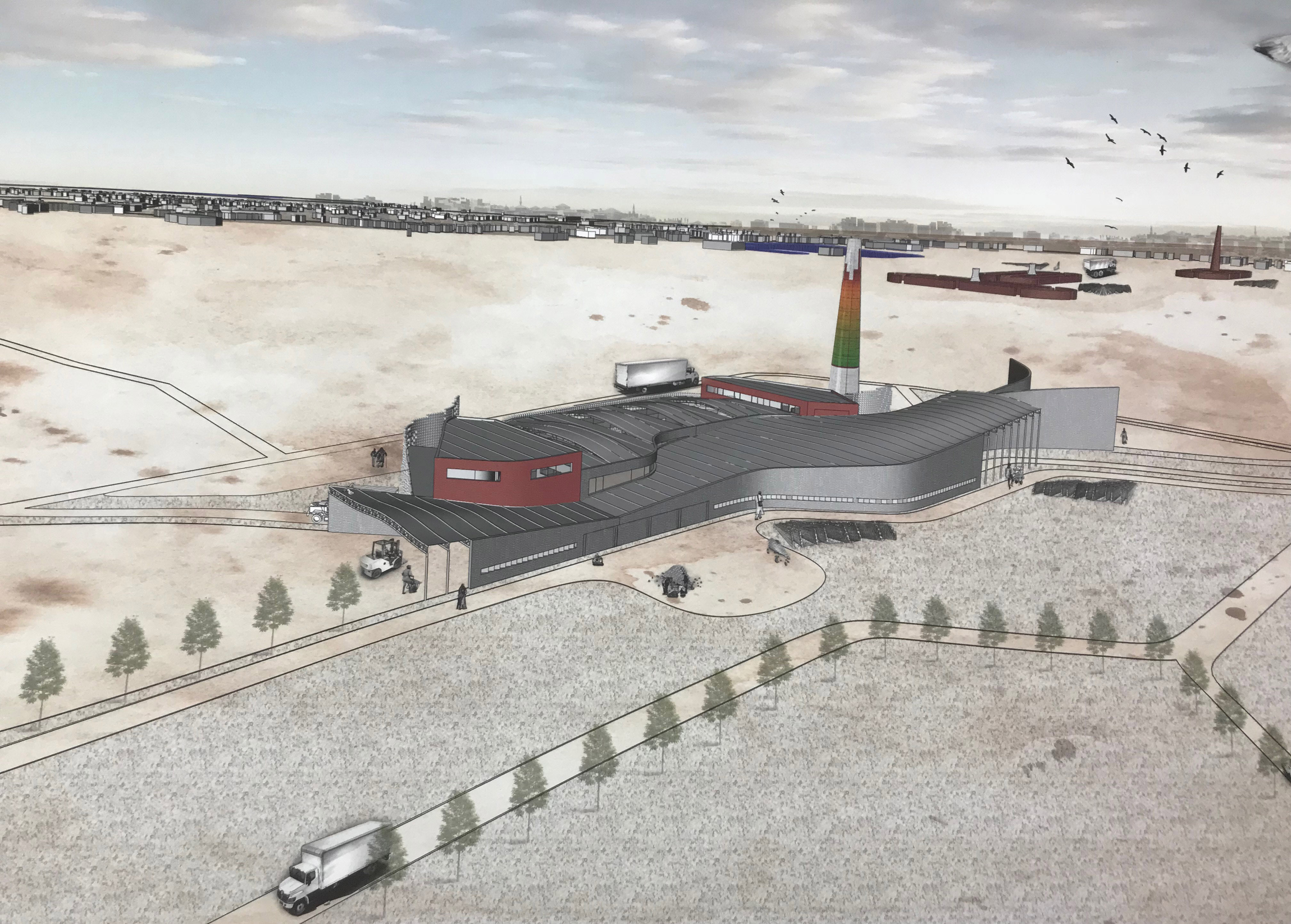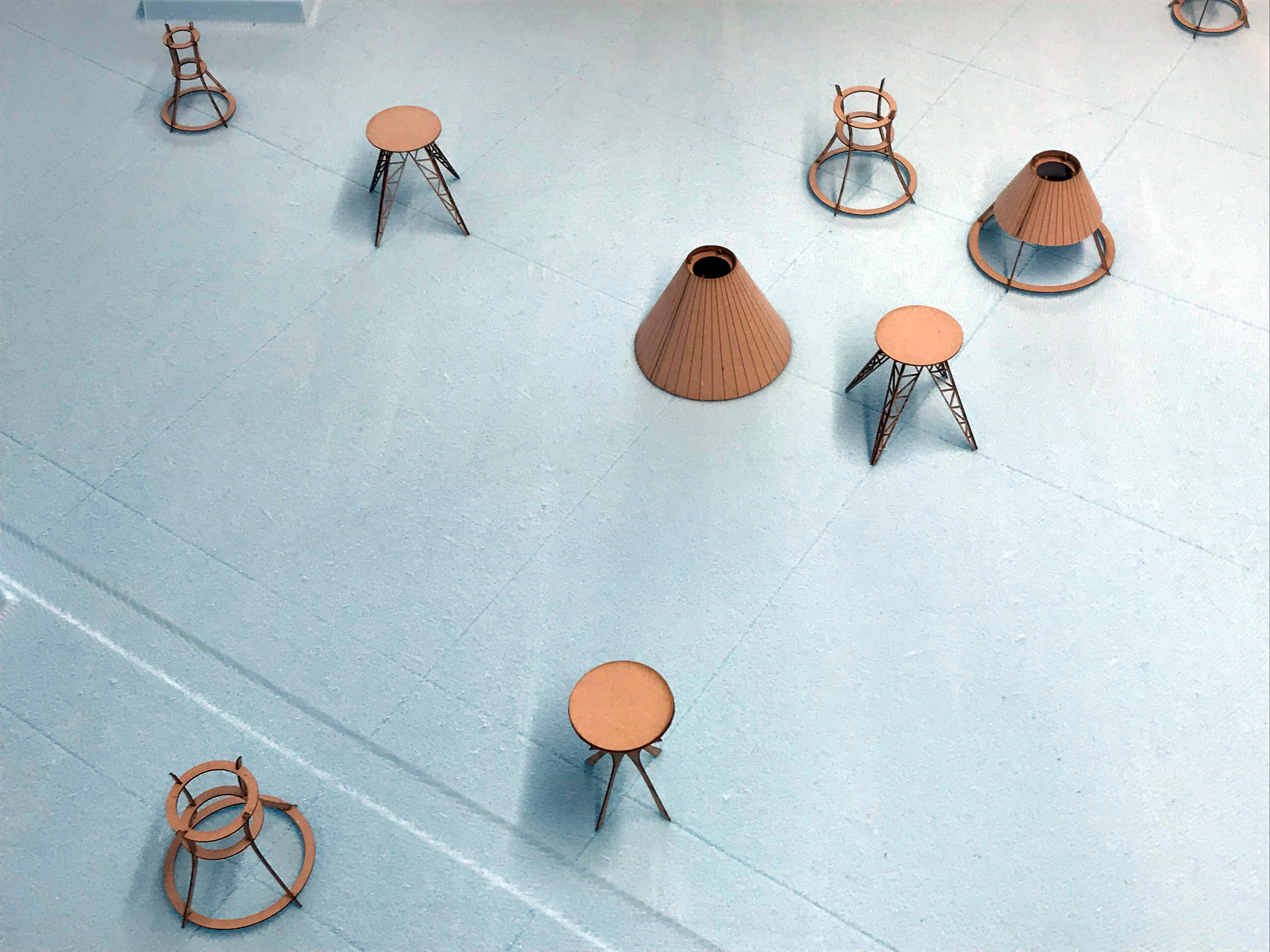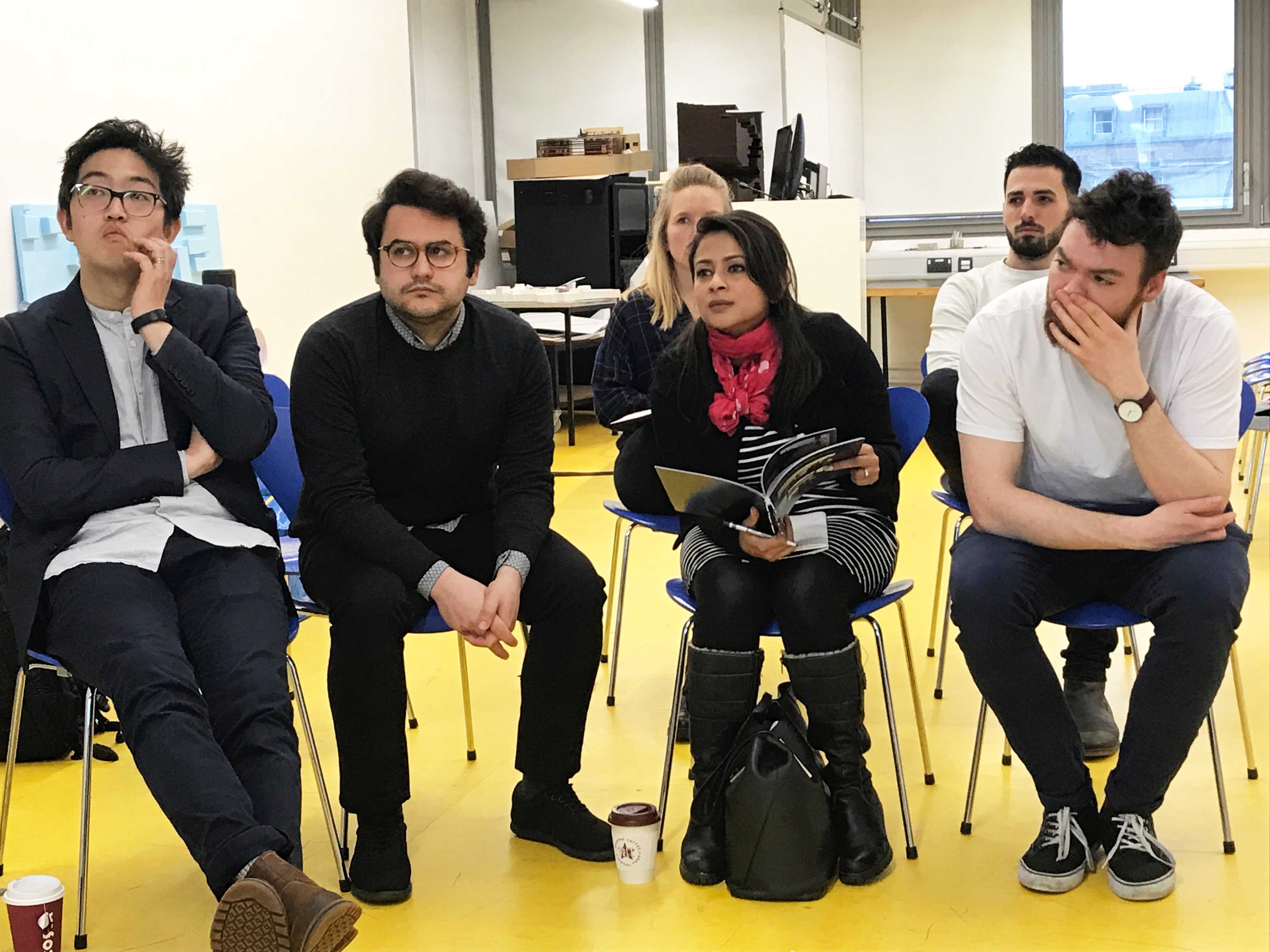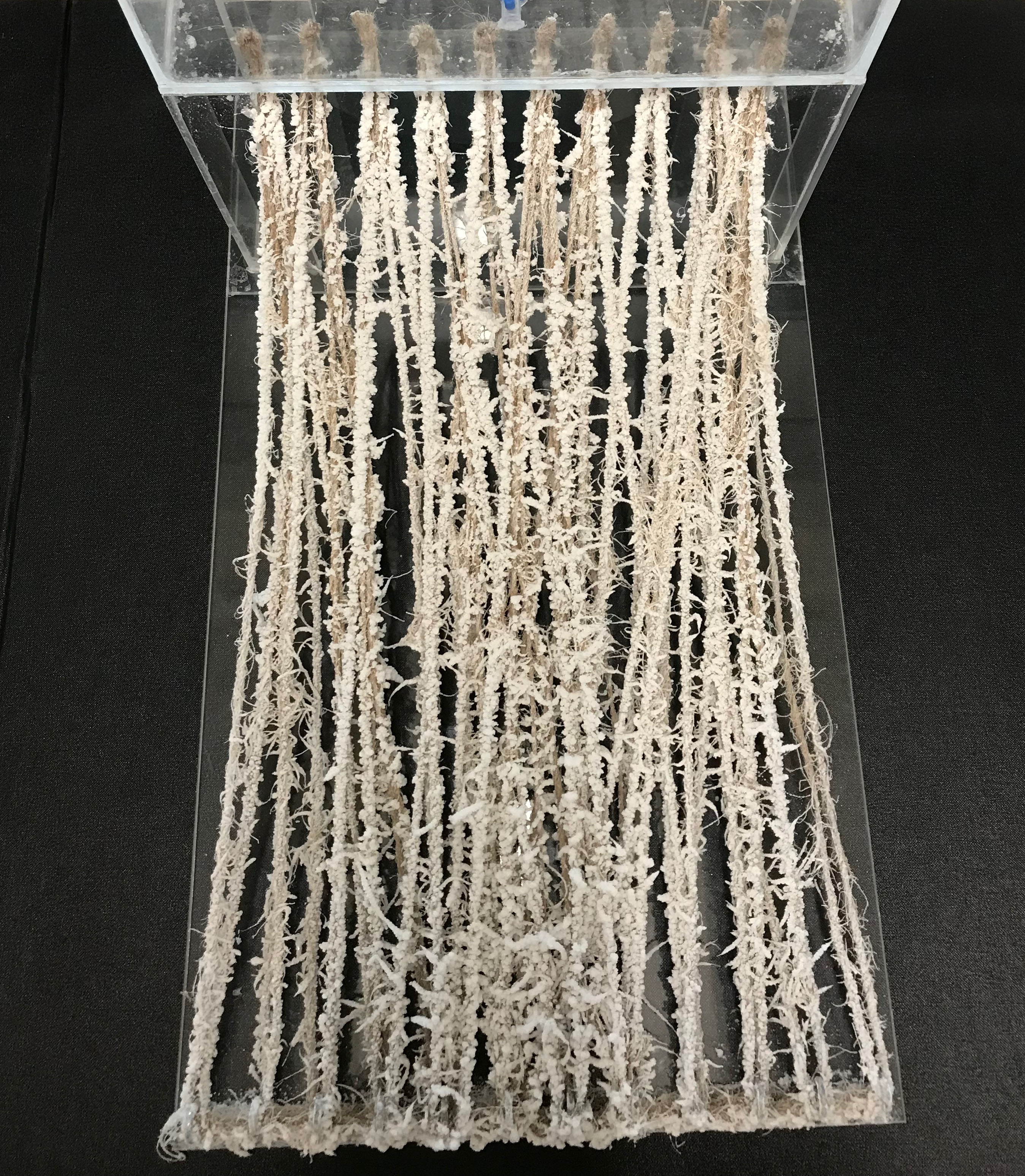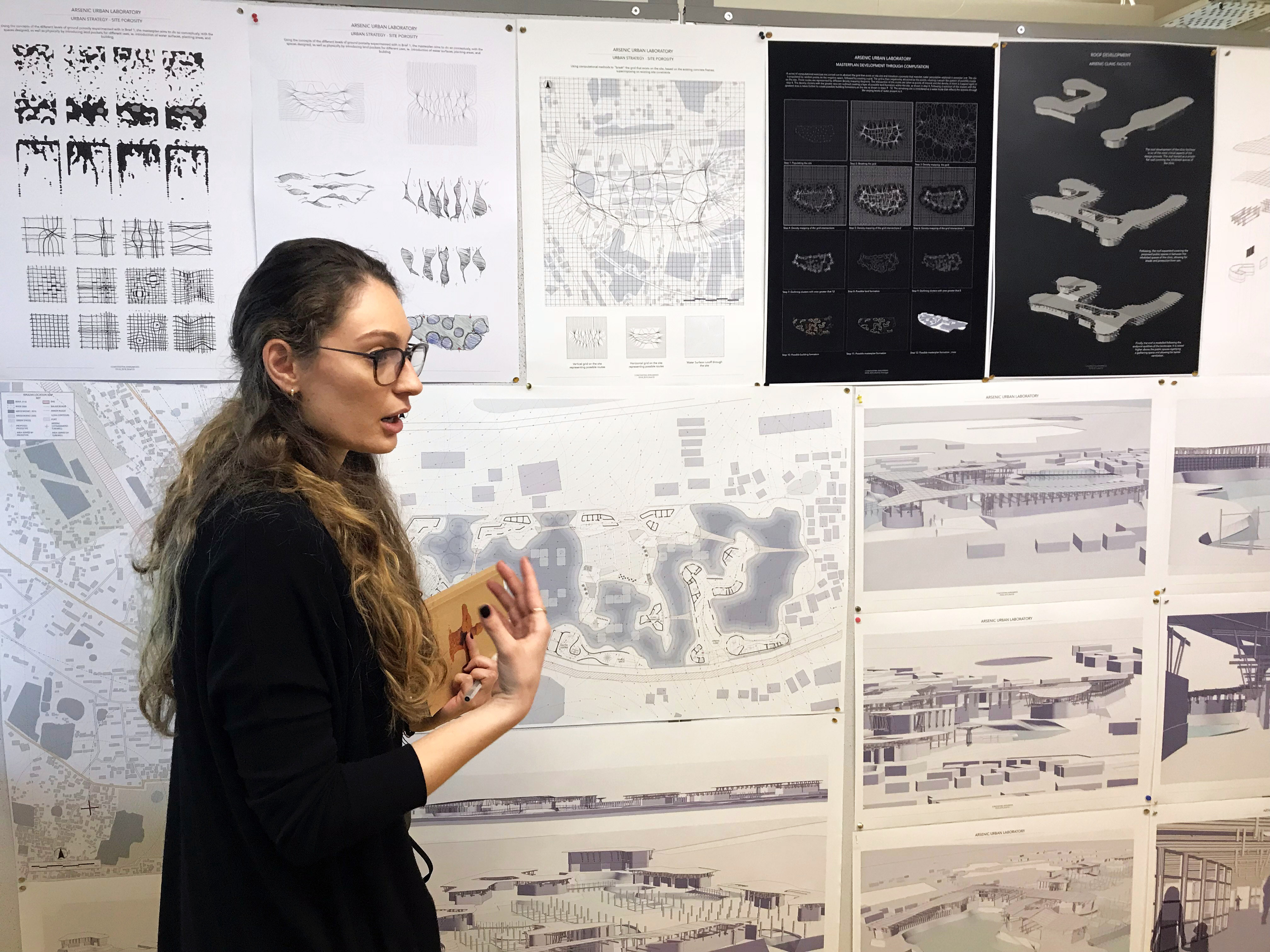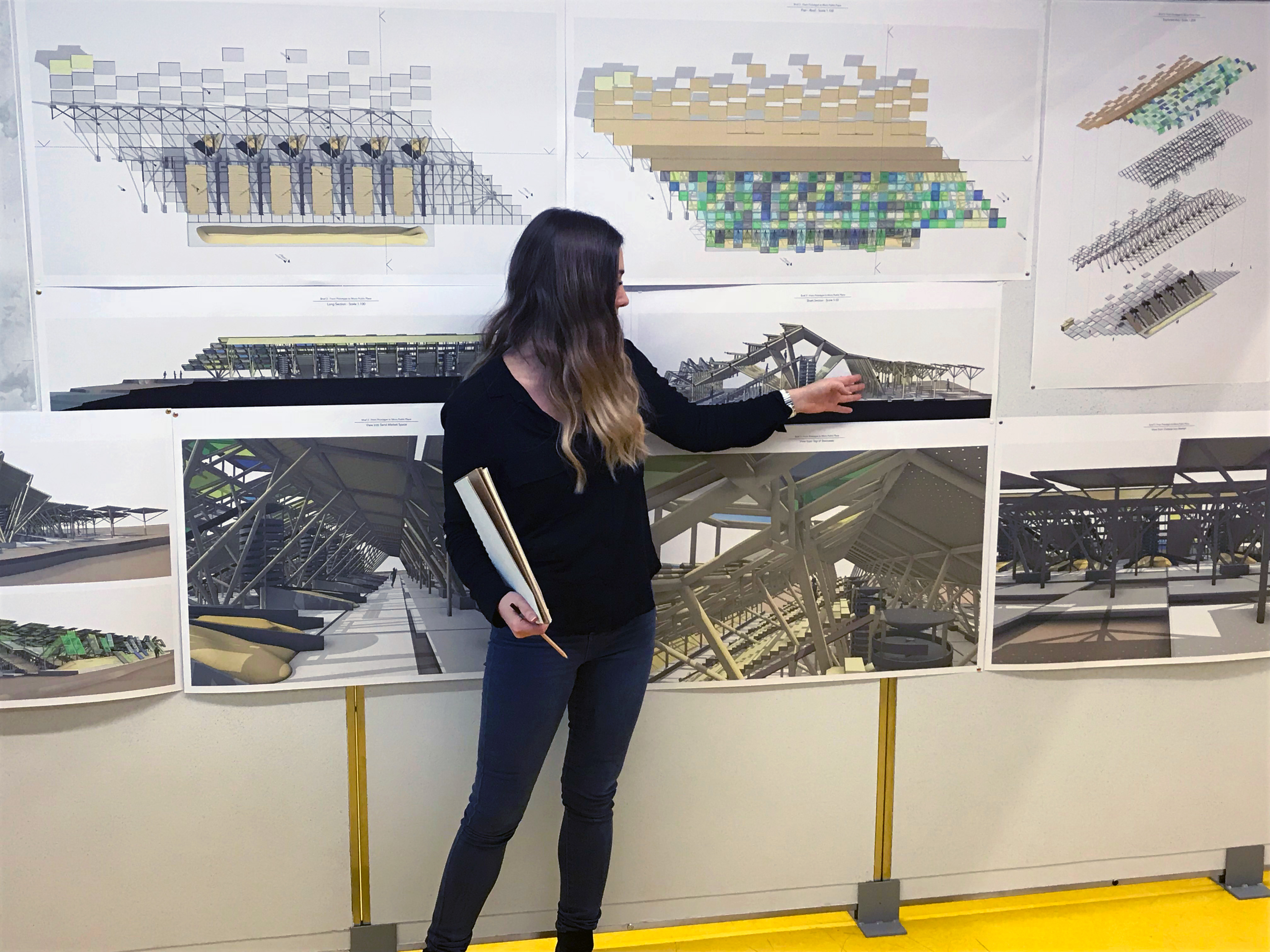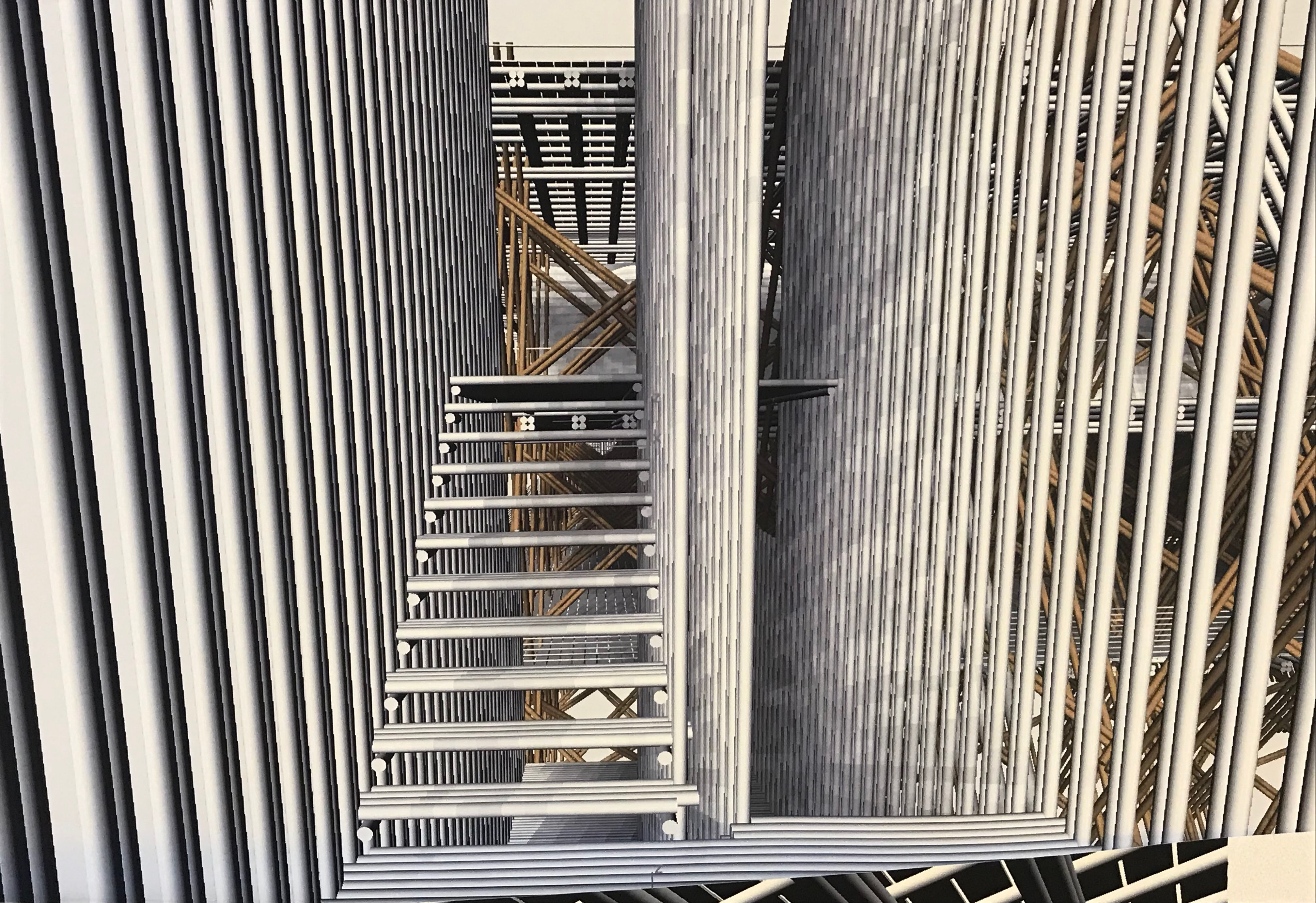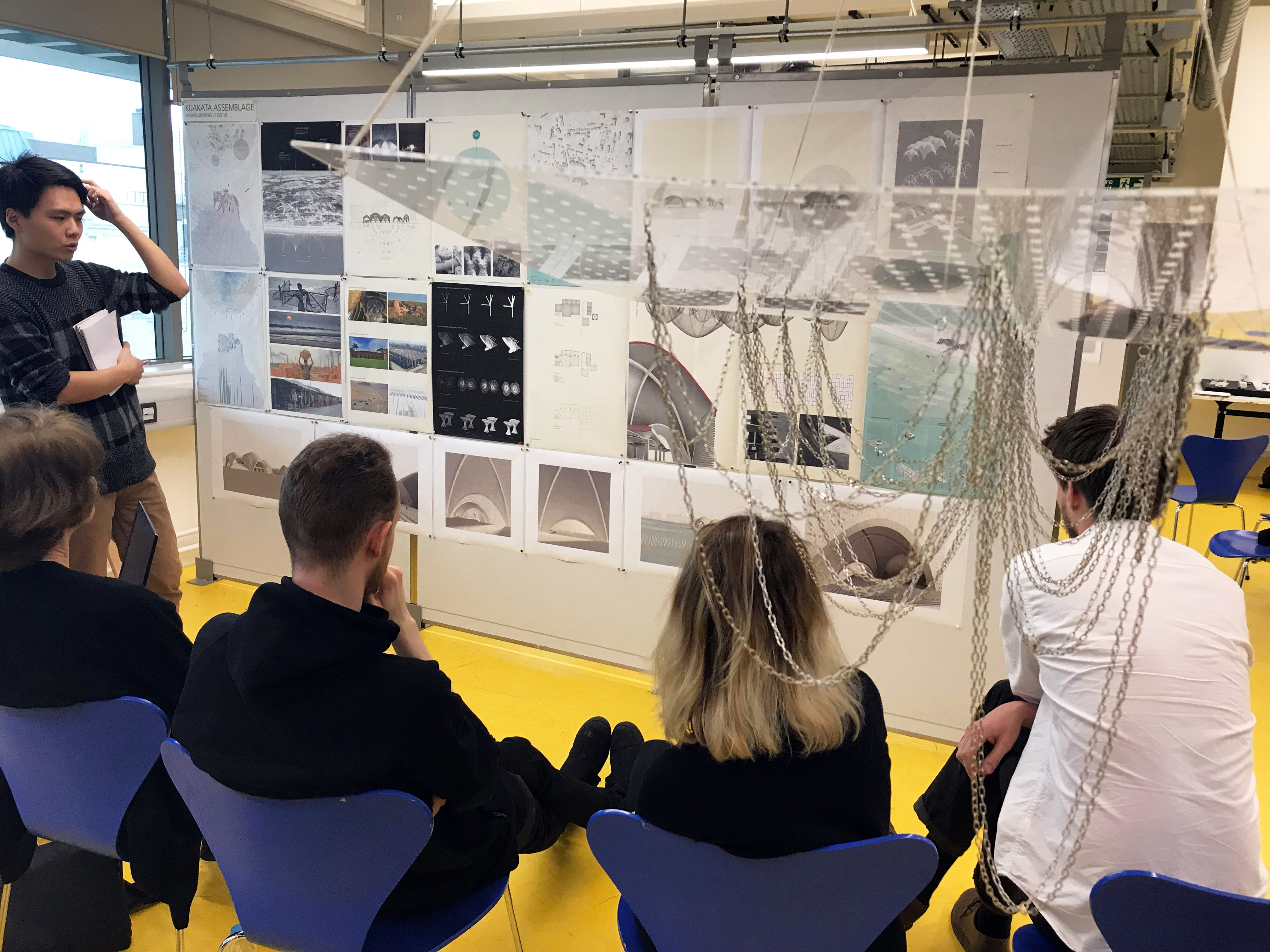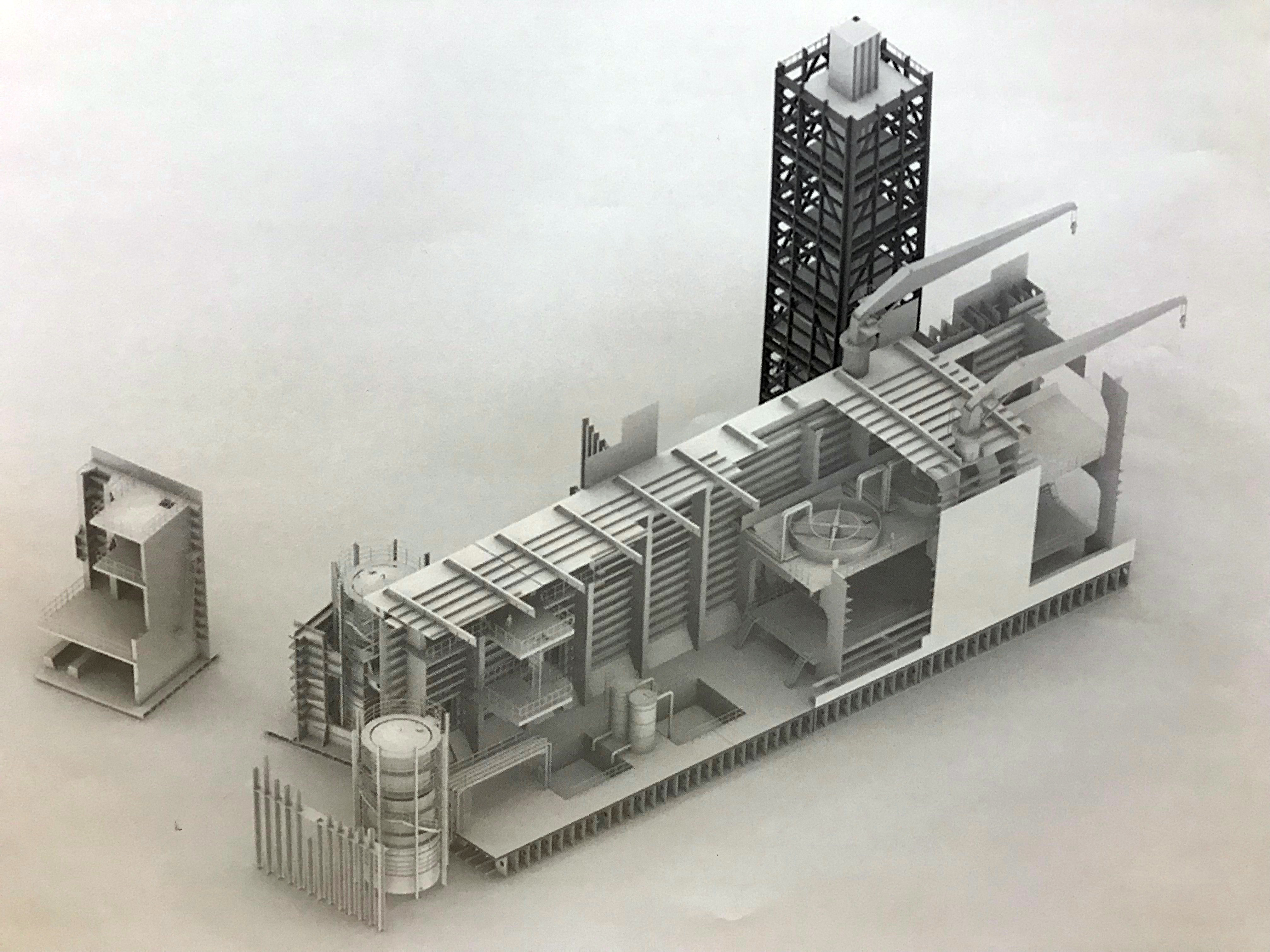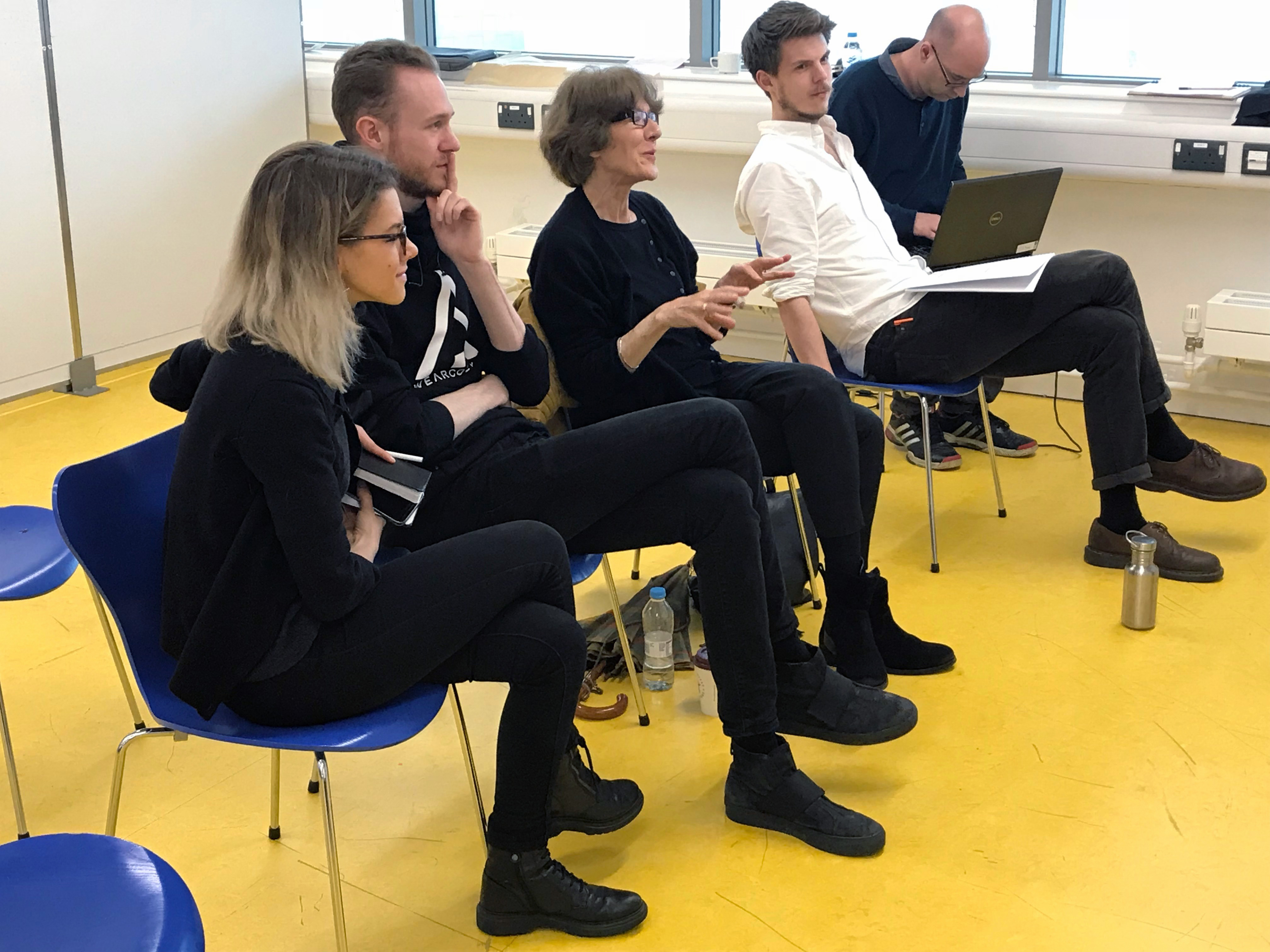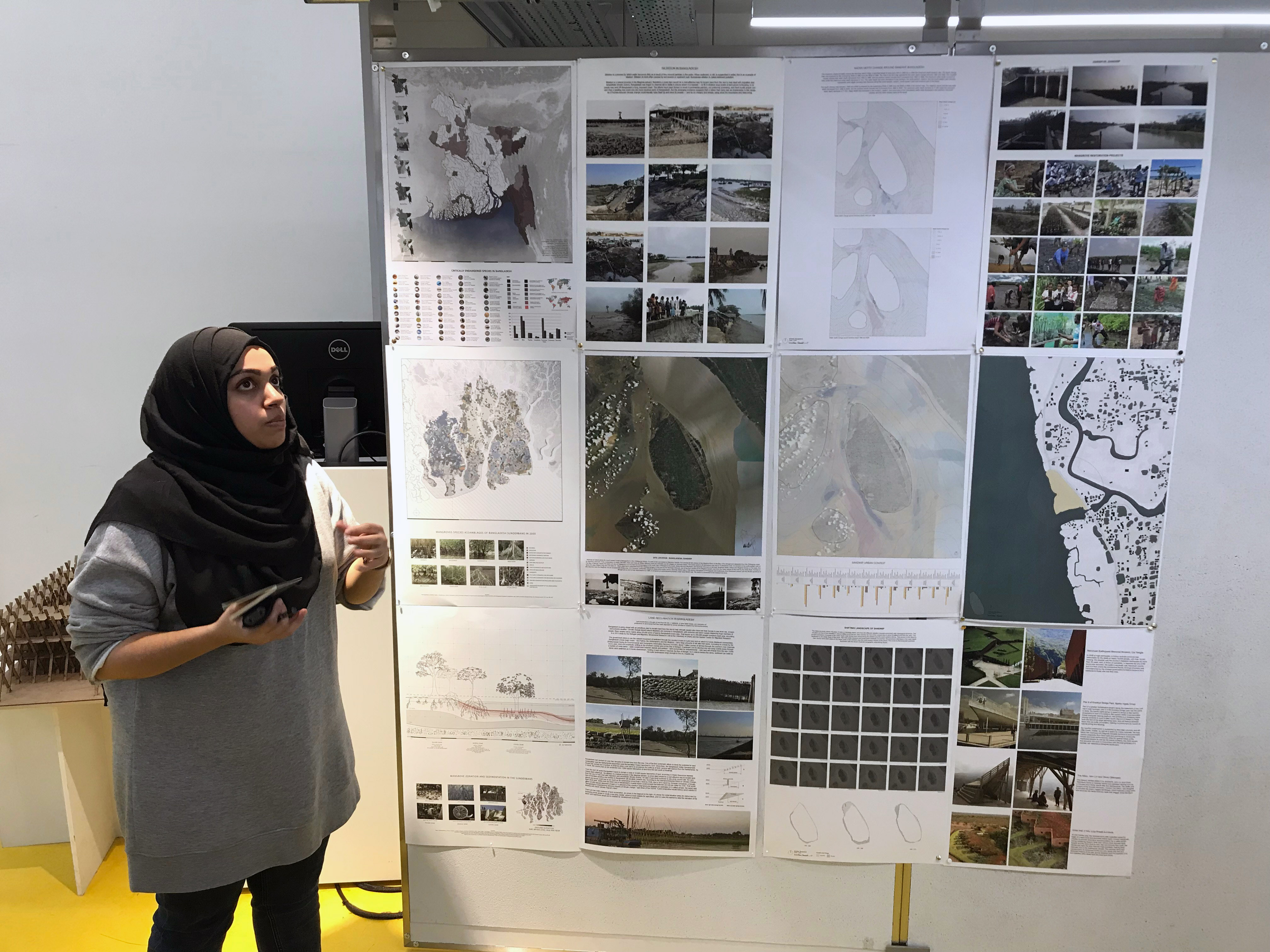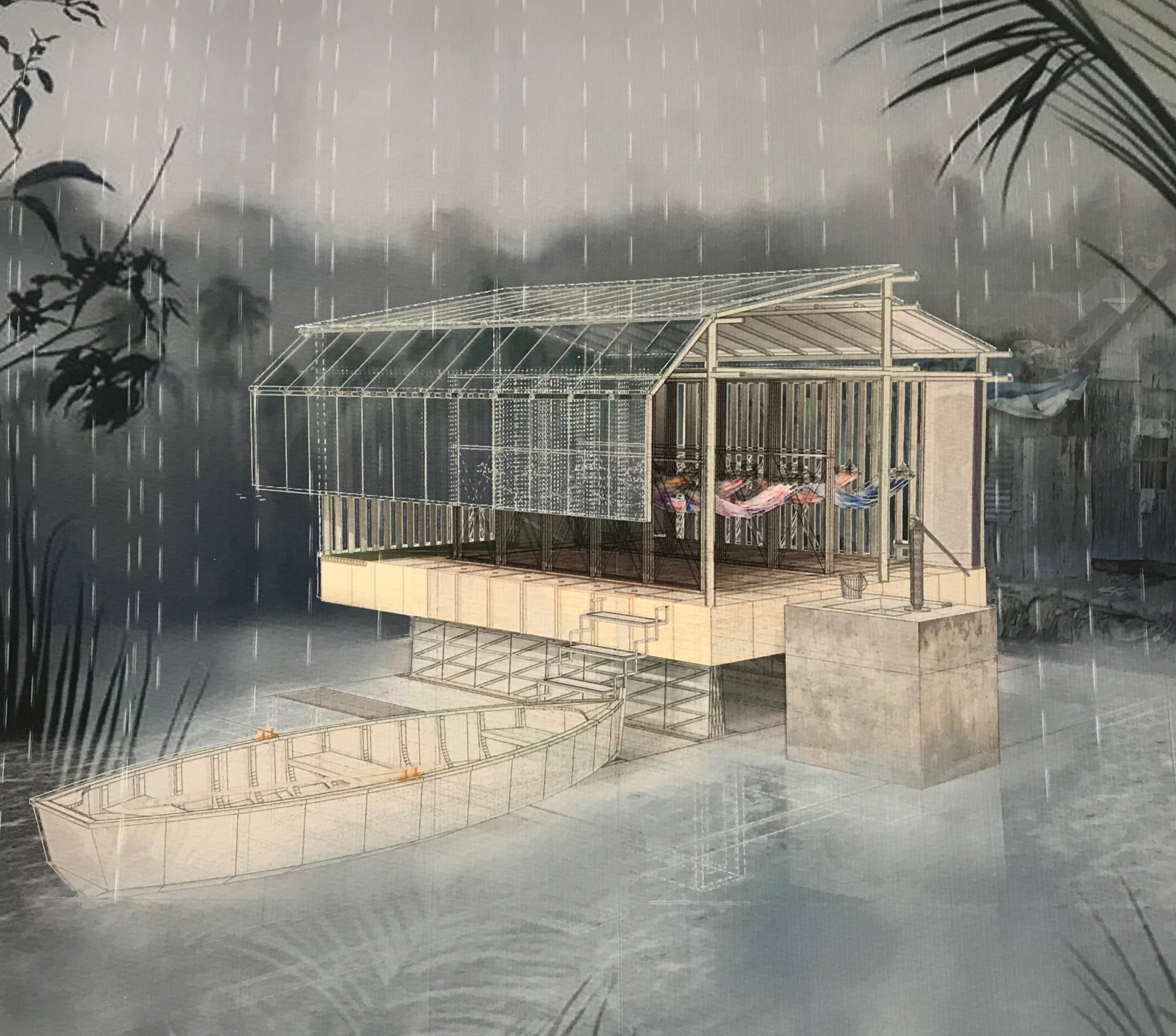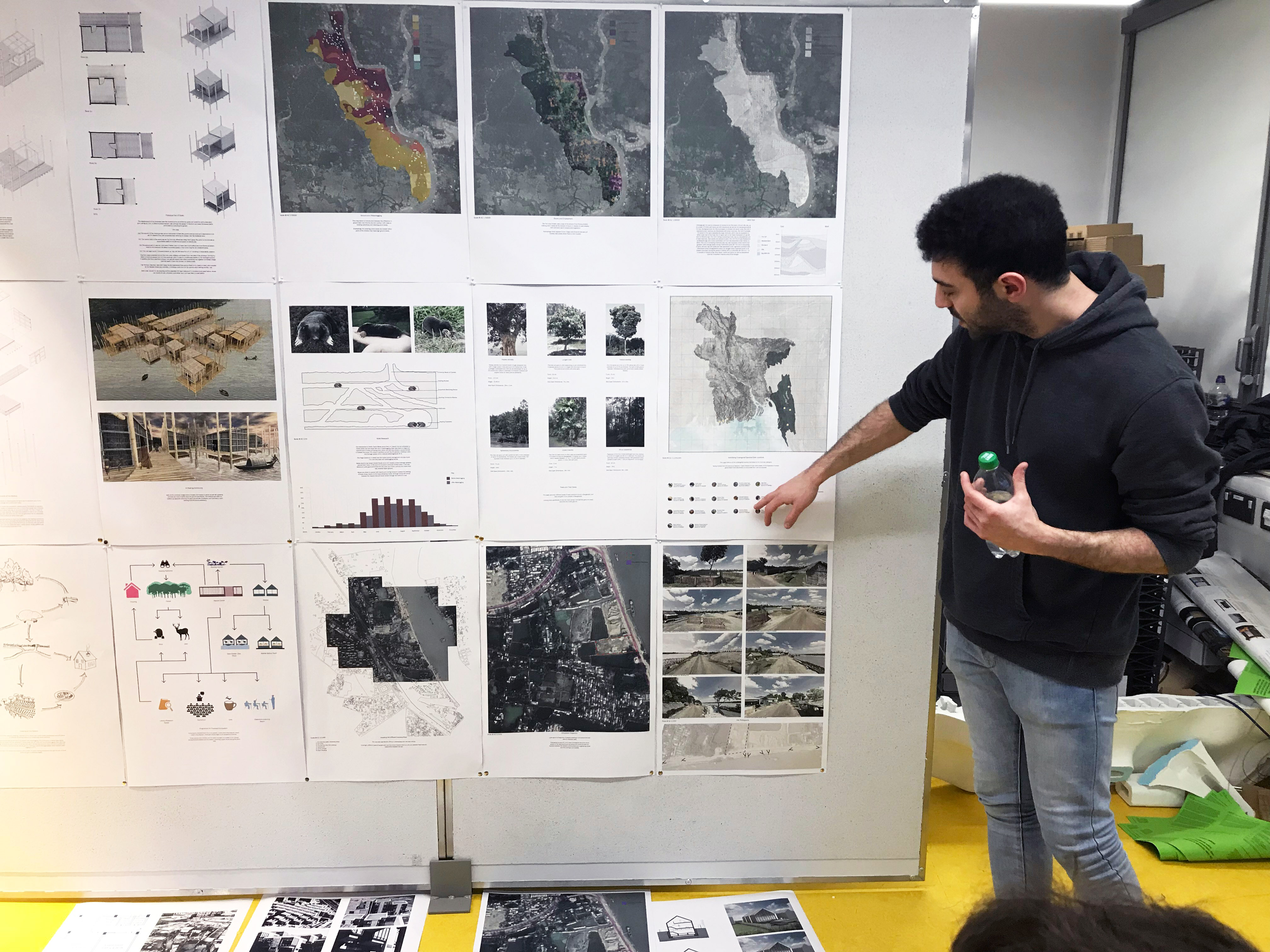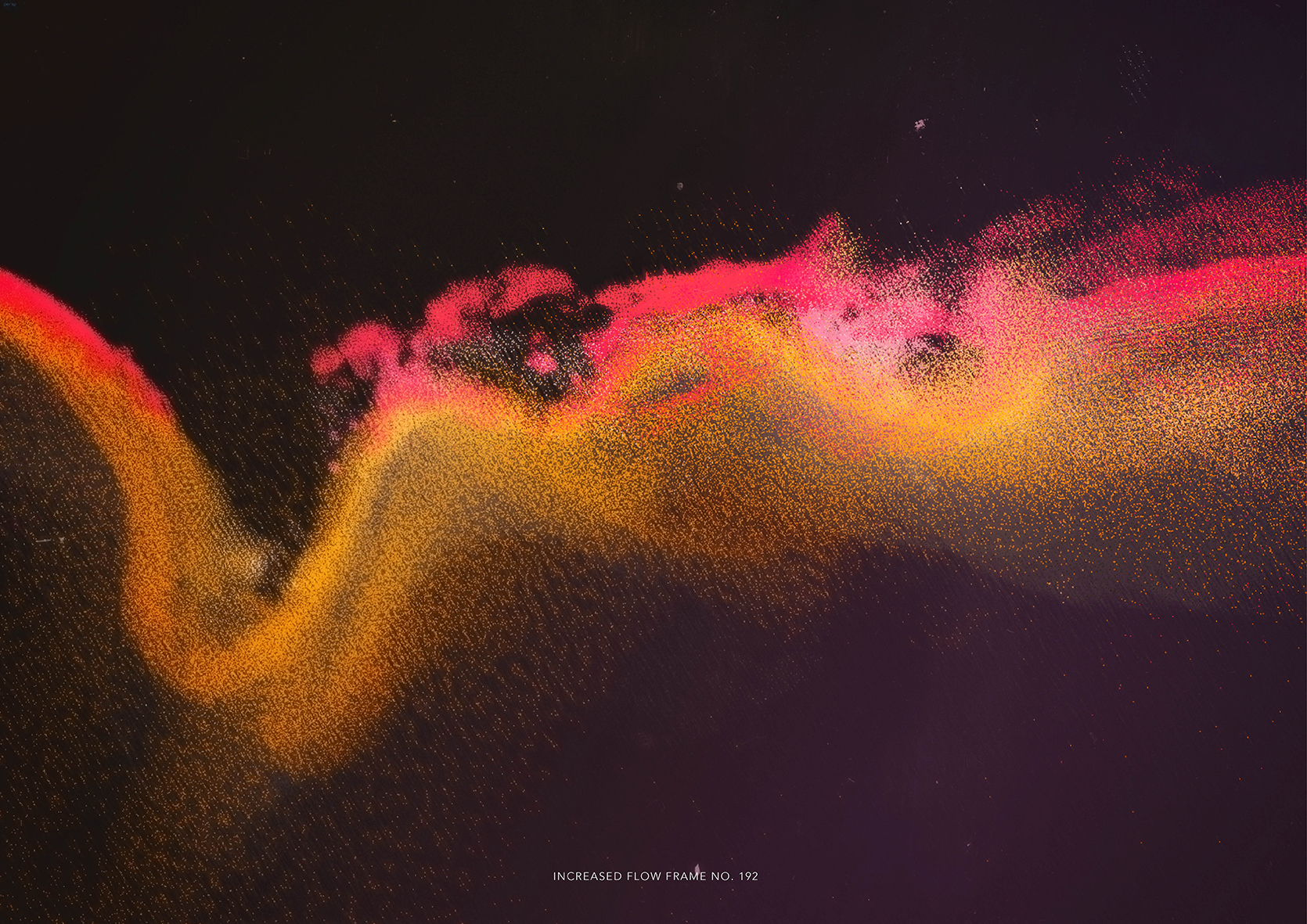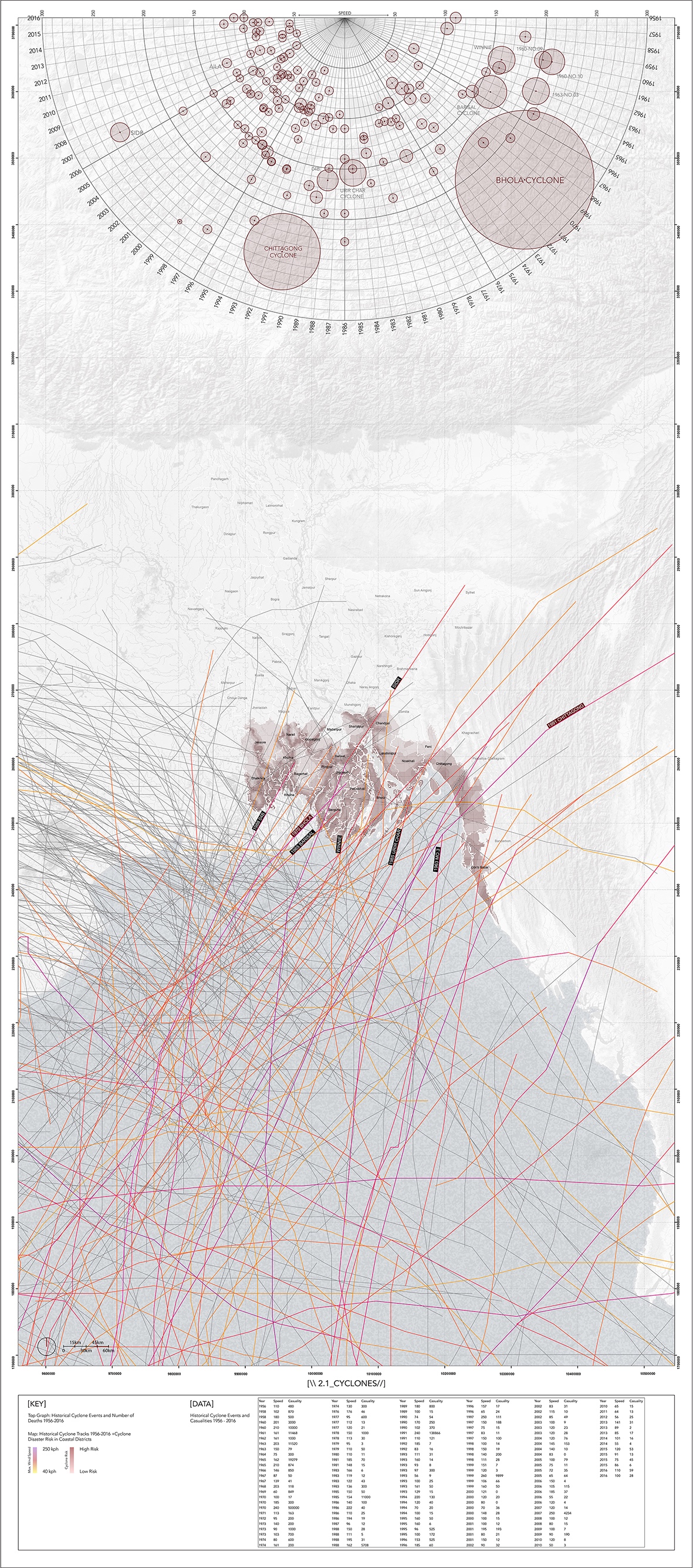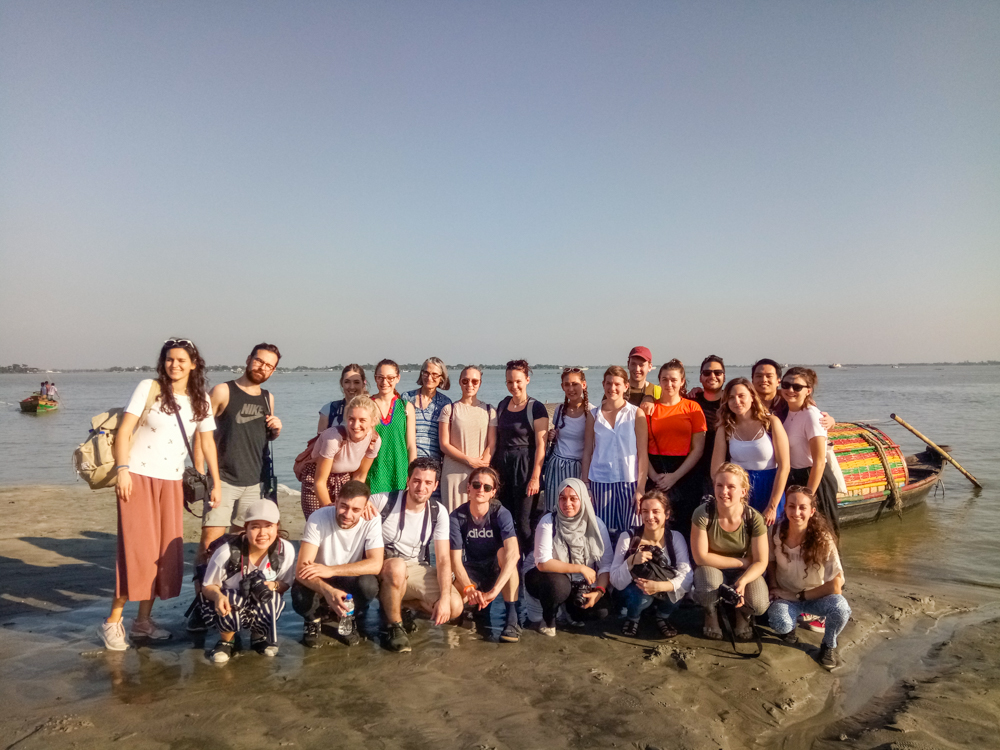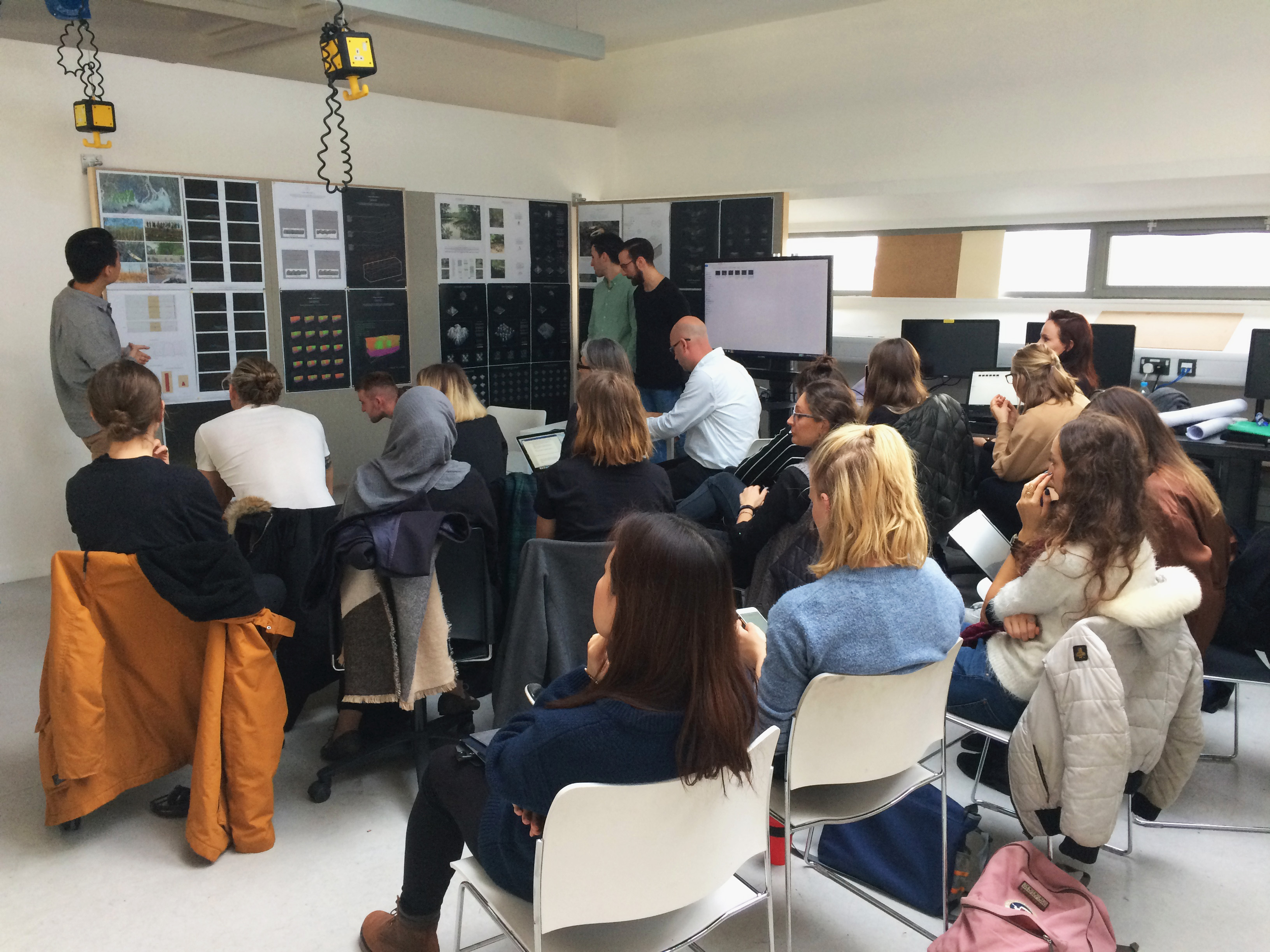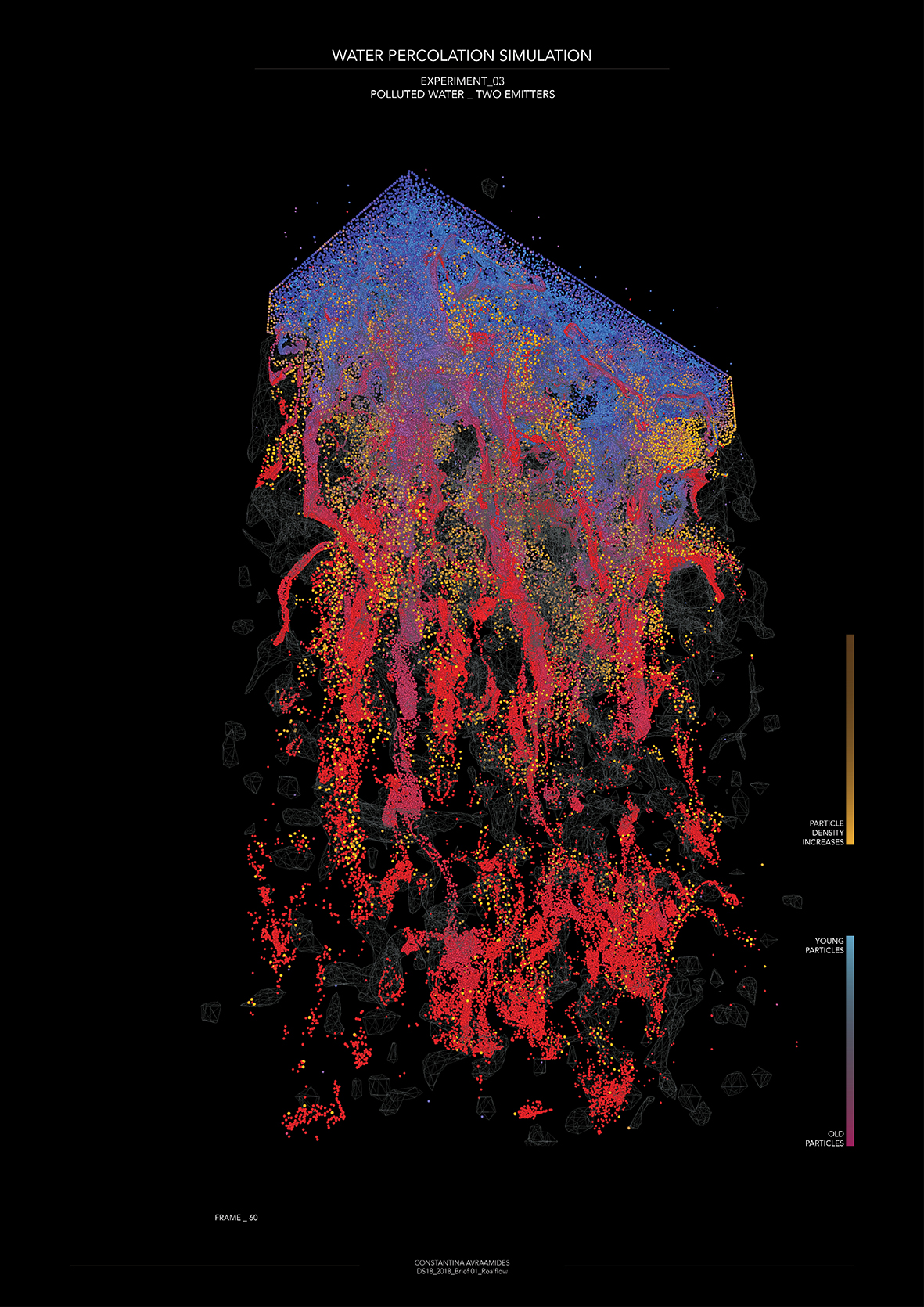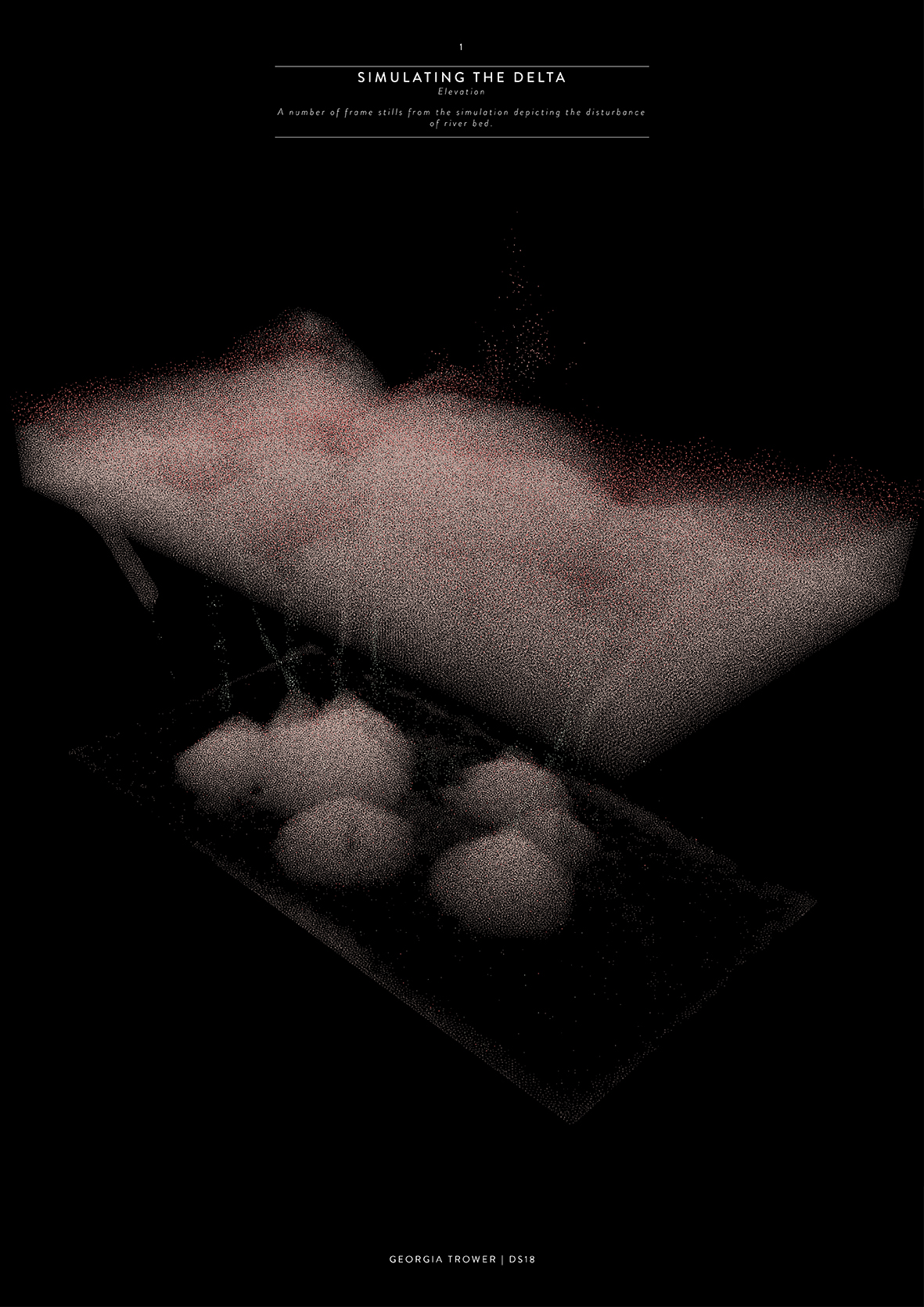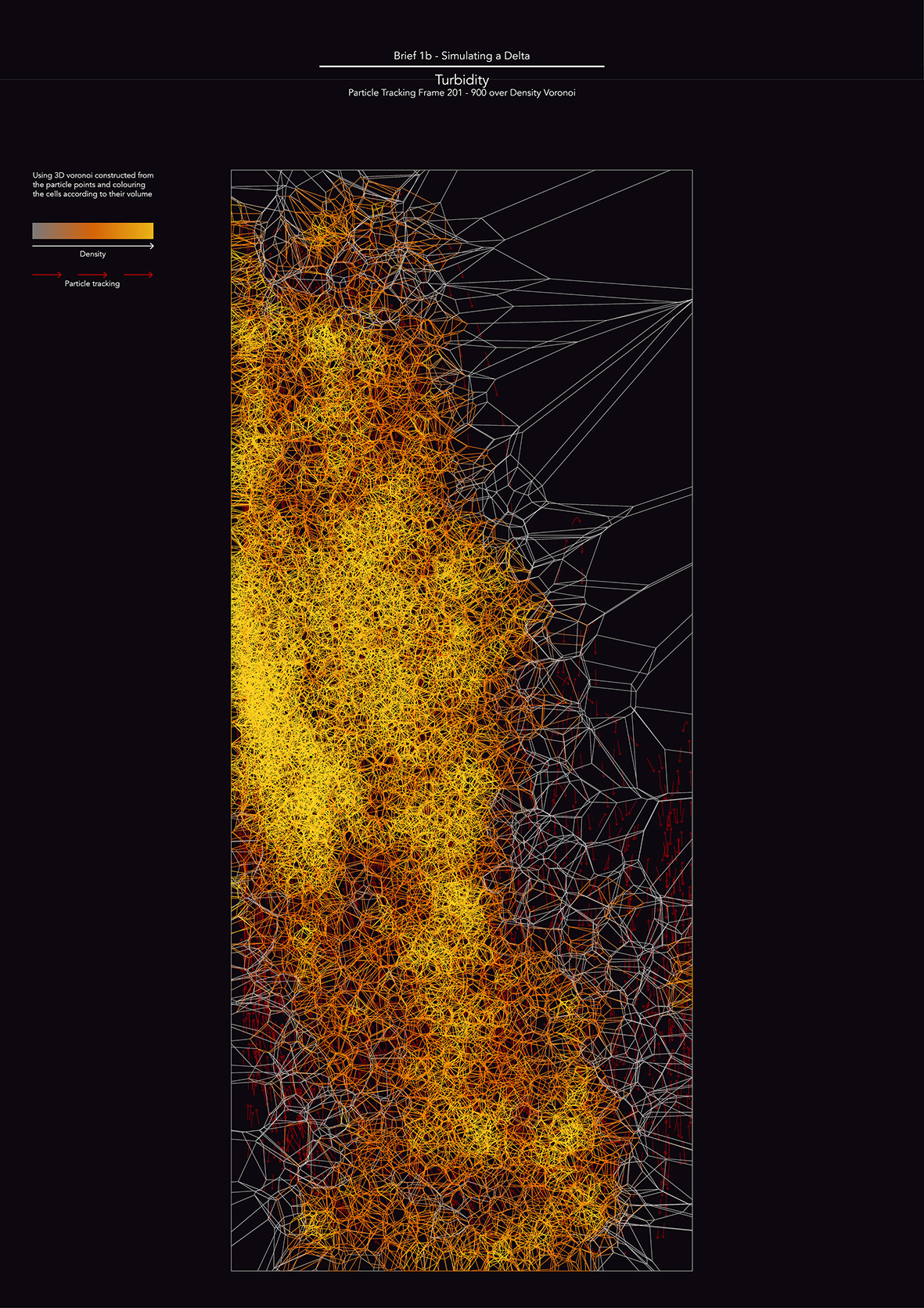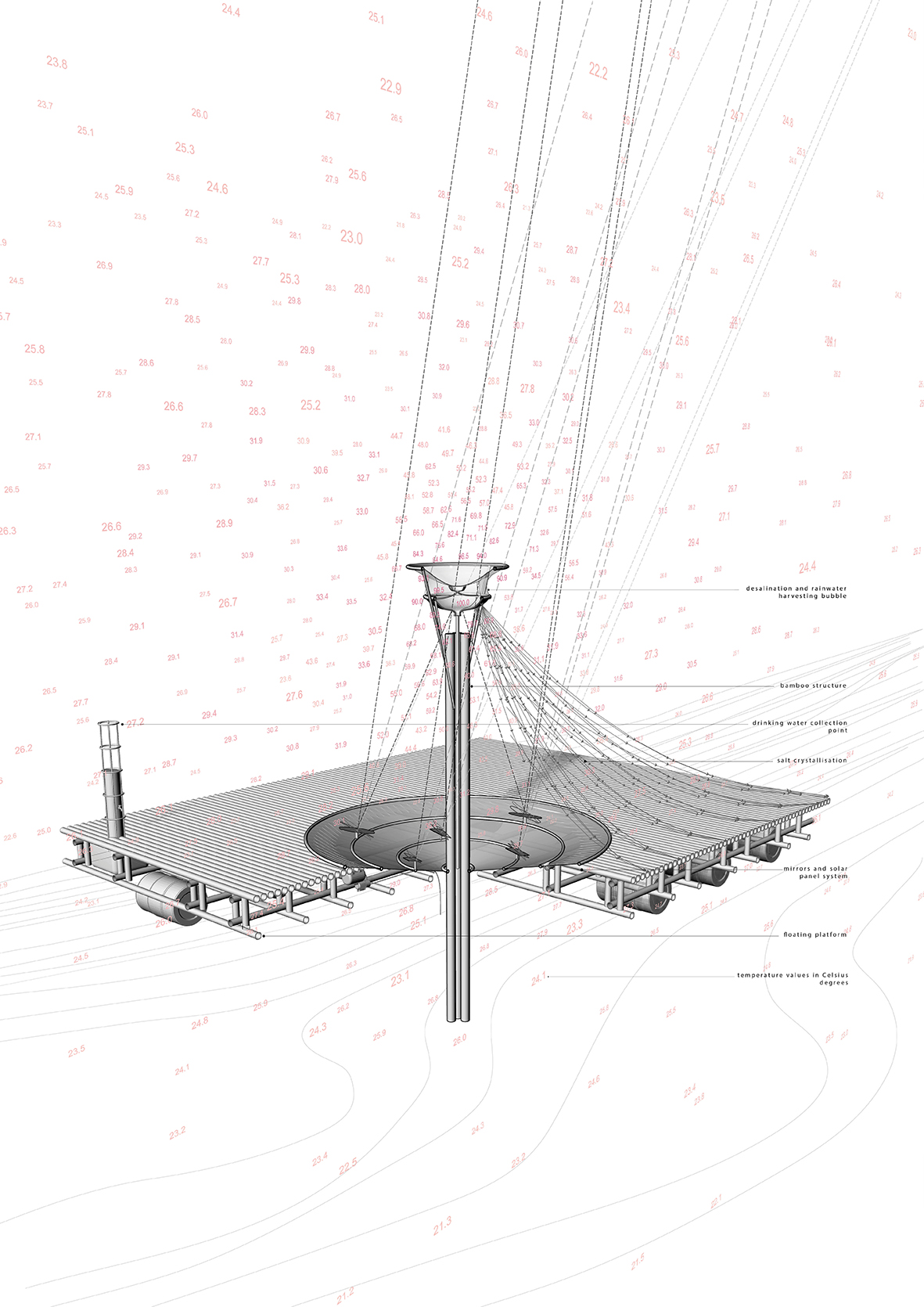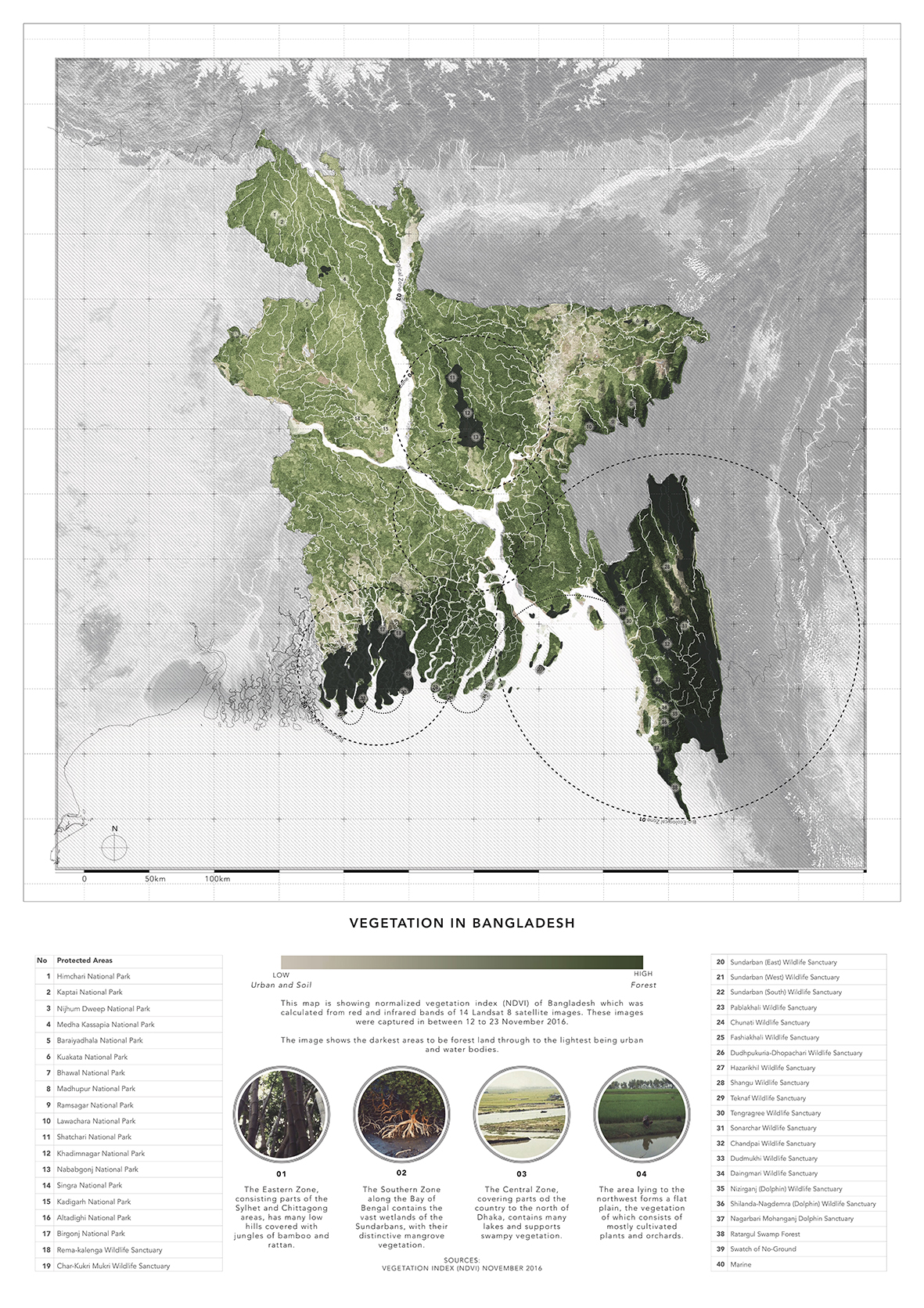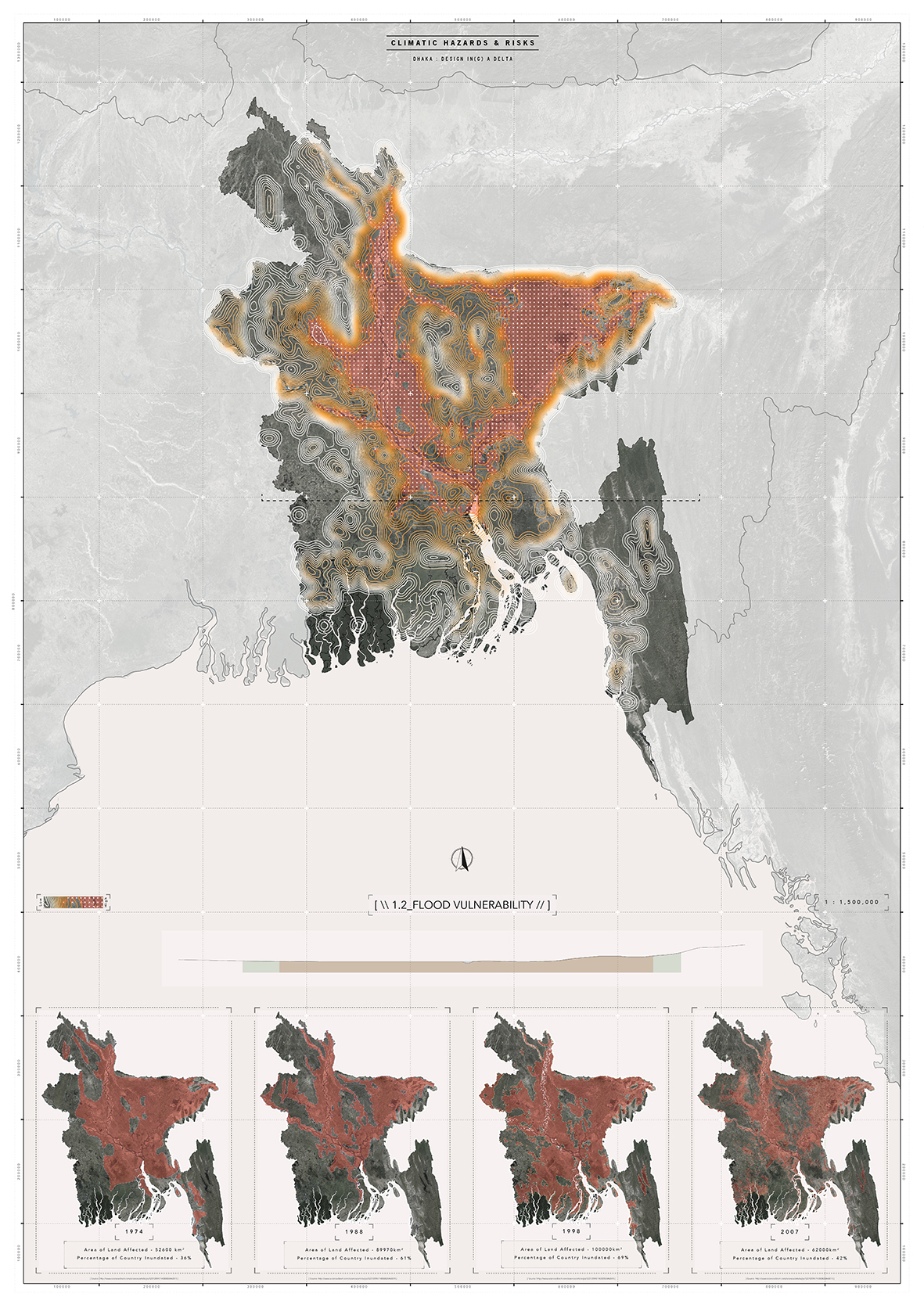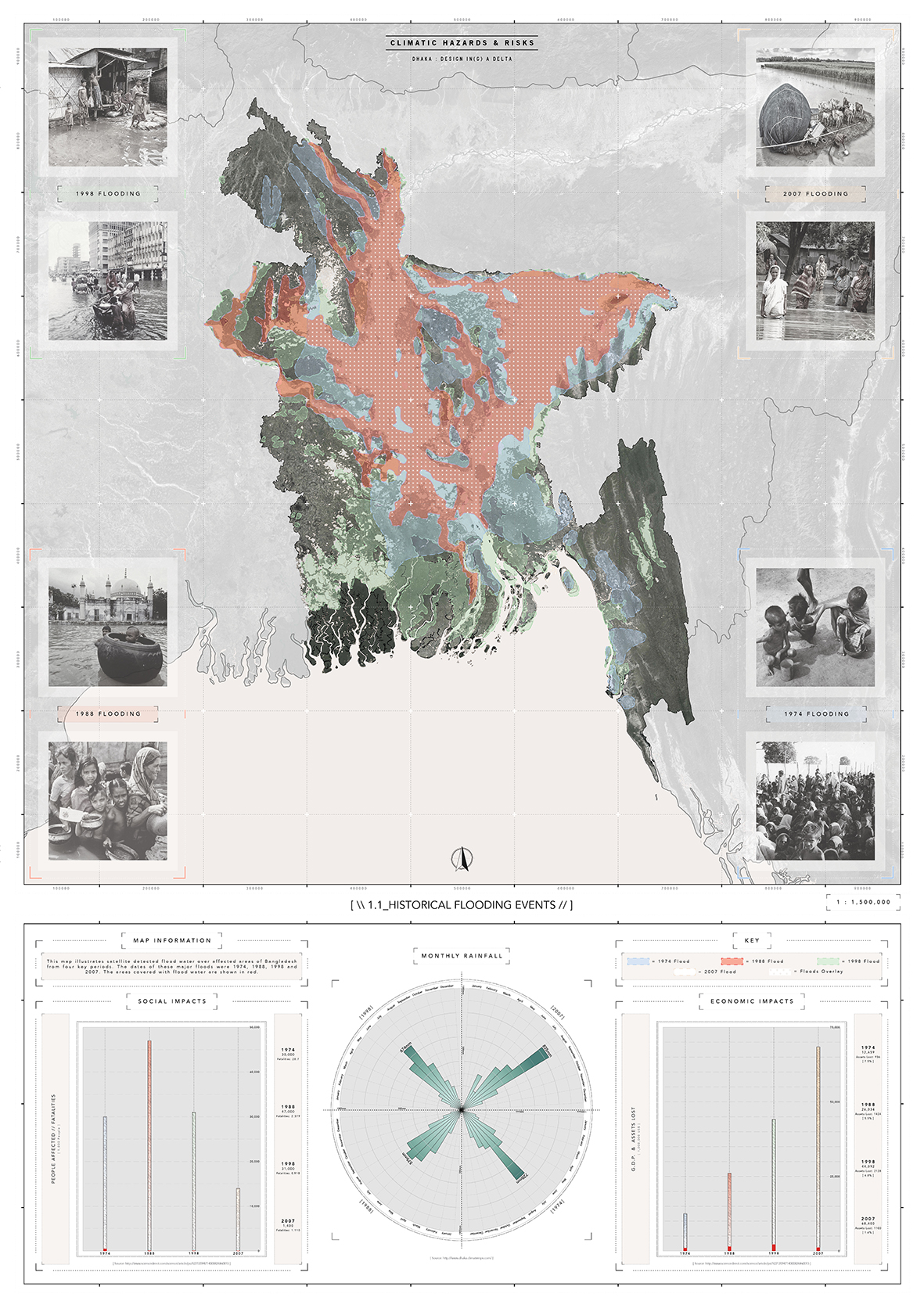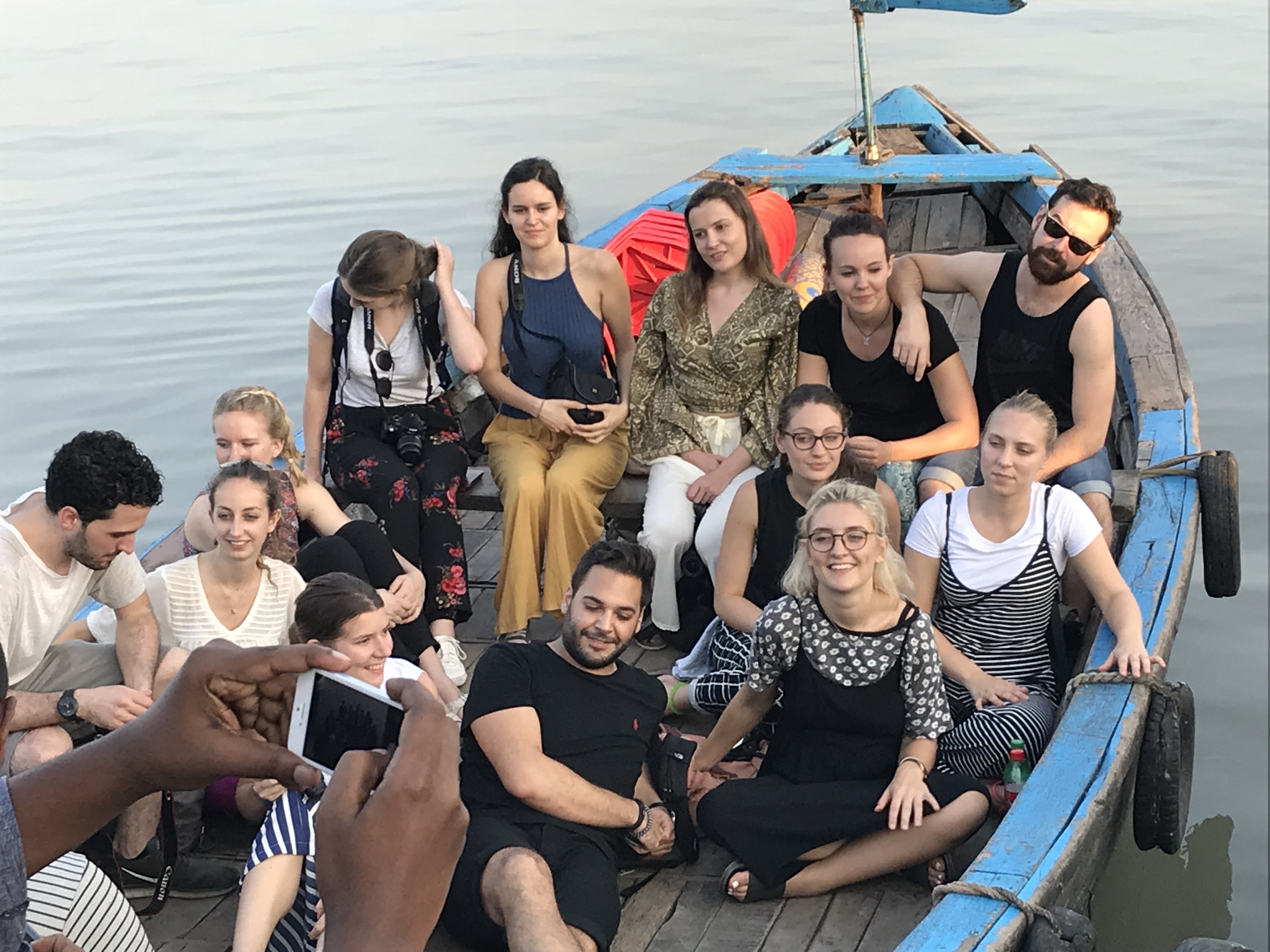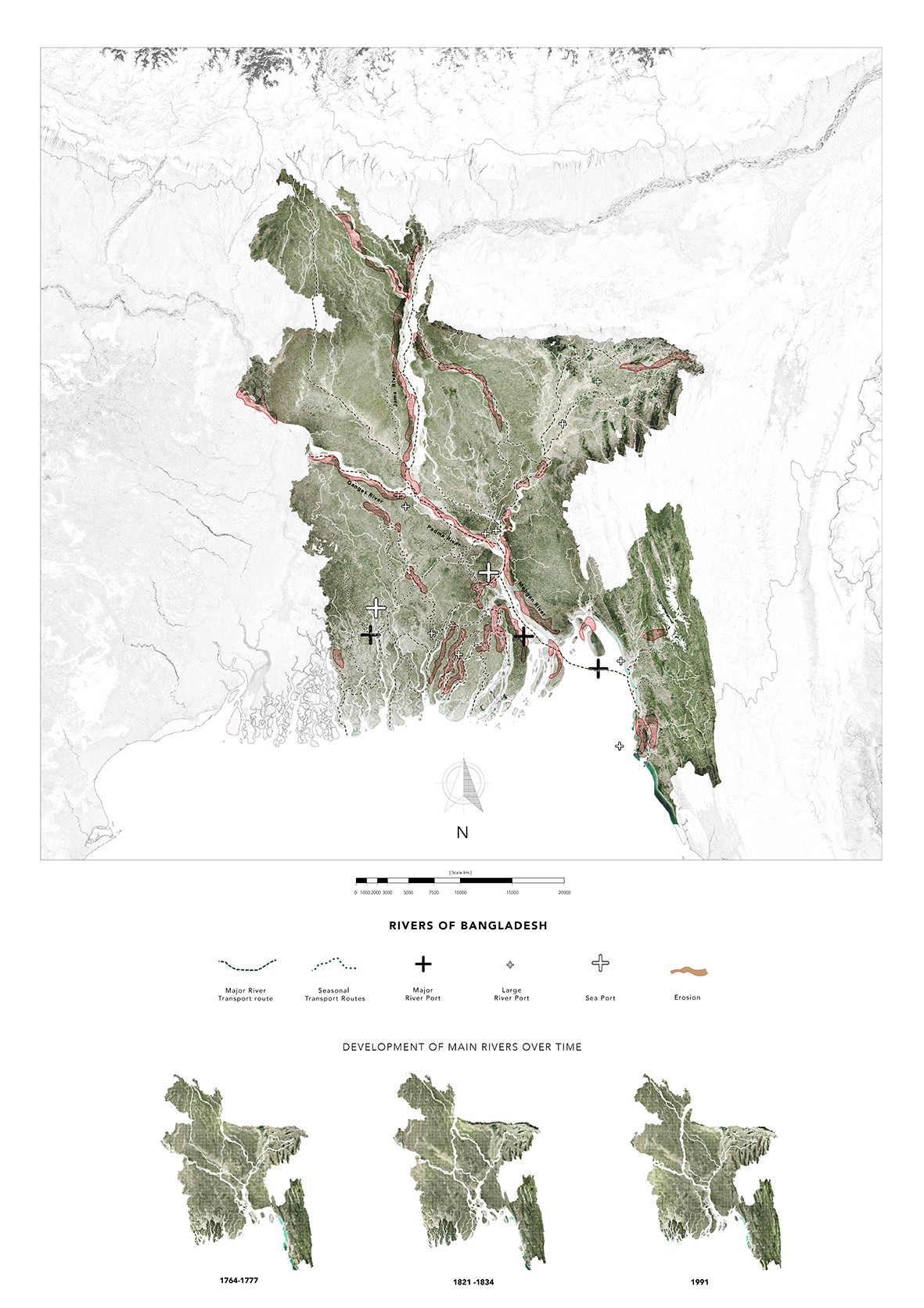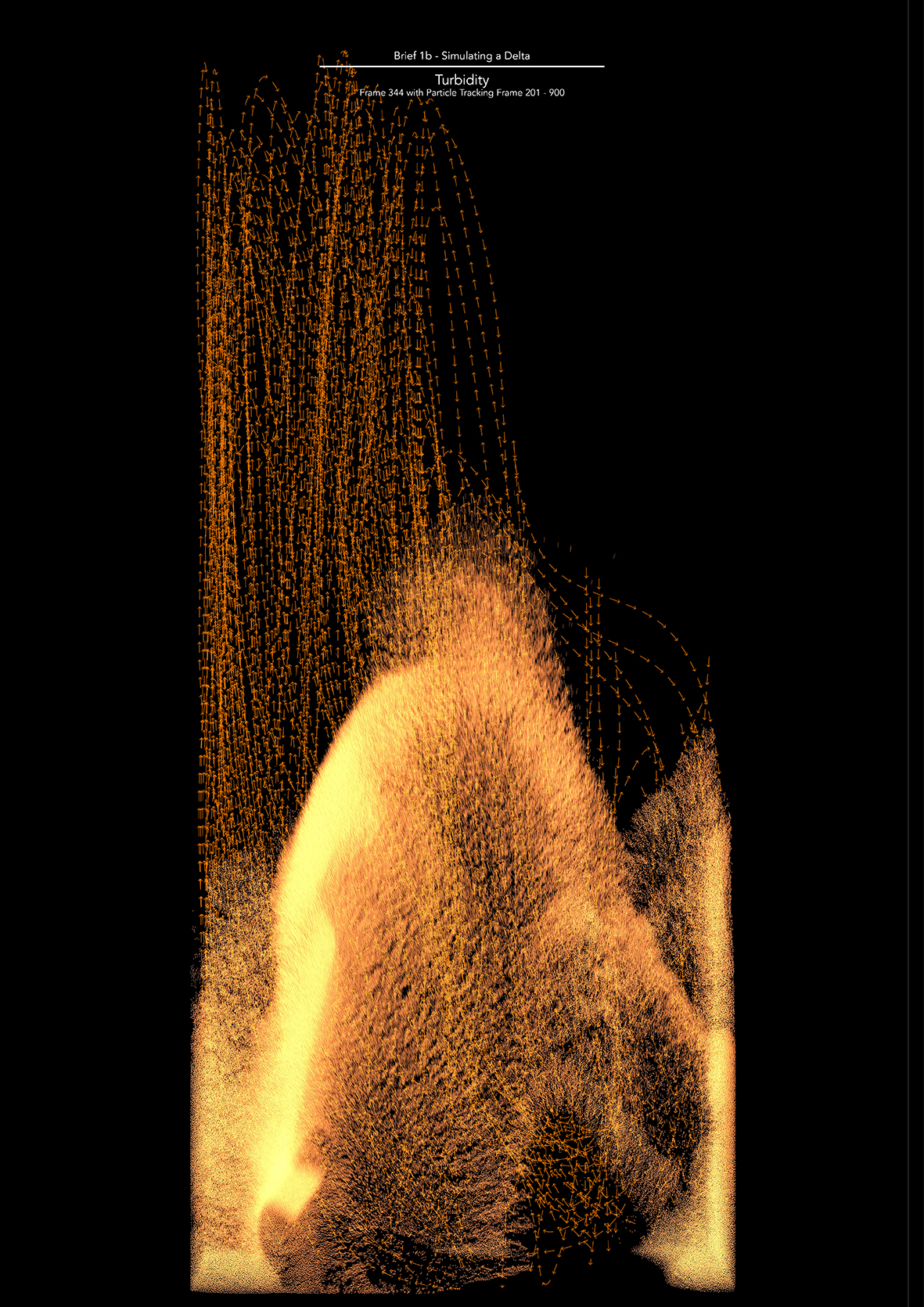Design Studio 18 ARCHIVE
Tutors: Lindsay Bremner & Roberto Bottazzi
Lindsay Bremner is an architect and Director of Architecture Research in the Faculty of Architecture and the Built Environment at the University of Westminster. She is Principal Investigator of the Monsoon Assemblages project.
Roberto Bottazzi is an architect, researcher, and educator based in London. He is a Senior Lecturer at University of Westminster and a Teaching Fellow at the Bartlett, UCL, where he teaches RC14 in the Master of Urban Design Programme.
Monsoon Assemblages Dhaka: Design In(g) a Delta
For three years DS18 is part of Monsoon Assemblages, a five-year long research project funded by the European Research Council investigating three South Asian cities – Chennai, Dhaka and Yangon. In 2016/17 the studio worked in Chennai, Tamil Nadu in South India, where design was framed by the materiality of ‘wetland;’ in 2017/18 we will work in Dhaka, Bangladesh, framed by the materiality of ‘delta,’ and in 2018/19 we will work in Yangon, Myanmar, framed by the materiality of ‘river.’
The studio will begin by requiring students to map and simulate the geological, hydrological and socio-political processes and practices shaping the Bangladesh delta and the climatic challenges it faces. Three digital workshops will introduce the students to the themes and techniques of the studio and invite them to design an infrastructural prototype to intervene spatially to improve the socio-ecological outcomes of the territory.
The field trip to Bangladesh will take place from November 03 – 13 2017. Students will spend 5 days in Dhaka hosted by the Bengal Institute of Architecture, Landscape and Settlements. They will visit the ancient city of Sonargoan and Louis Kahn’s Bangladesh Parliament Building, undertake site surveys and present their infrastructural prototype at a one day design workshop. They will then take a five-day trip by boat and bus through the delta to the Bay of Bengal, visiting Barisal and Kuakata (these arrangements are still subject to final confirmation). On return from Dhaka, the students will refine their prototype and build it as a physical model.
In the second semester, students will work on a site along Dhaka’s western embankment, an infrastructural barrier around the city built after devastating floods in 1987 and 1988. The students will survey this armature while in Dhaka, identify a site and develop their own prototype as an urban element to engage with the city at multiple scales.
Dhaka, the capital city of Bangladesh, is a city in a delta. It is located in the constantly moving, amphibious territory between land and sea where the freshwater plumes of the Ganges, Brahmaputra and Meghna rivers deposit their silt and mix with the saline water of the Bay of Bengal. Before 1757, when the British East India Company gained control of Bengal, Dhaka was known for its cotton. By 1830 however its textiles had lost their viability, largely due to the industrial scale production of muslin in Britain. This, along with colonial administrative practices, devastating famines, floods and earthquakes resulted in the collapse of Bengal’s manufacturing and peasant economies. A century later, the partition of British India in 1947 placed East Bengal under the rule of Pakistan. Large numbers of the Hindu population departed for India, while Muslim immigrants arrived from neighbouring Indian states.
In 1970, Cyclone Bhola devastated much of the region. Poor cyclone relief efforts and ongoing regional discrimination by Pakistan resulted, after what amounted to mass genocide, in the creation of the independent state of Bangladesh with Dhaka as its capital. It attracted migrant workers from rural areas across Bangladesh and grew rapidly. Since the 1990’s Bangladesh has had one of the fastest growing economies in the world. Its urban population has grown from 10 million in 1990 to a projected 32 million in 2025, most of this concentrated in Dhaka. These dynamics have resulted in an “embattled scenario” between Dhaka and its delta, requiring new architectural and urban design thinking to secure its future as a viable human settlement.










